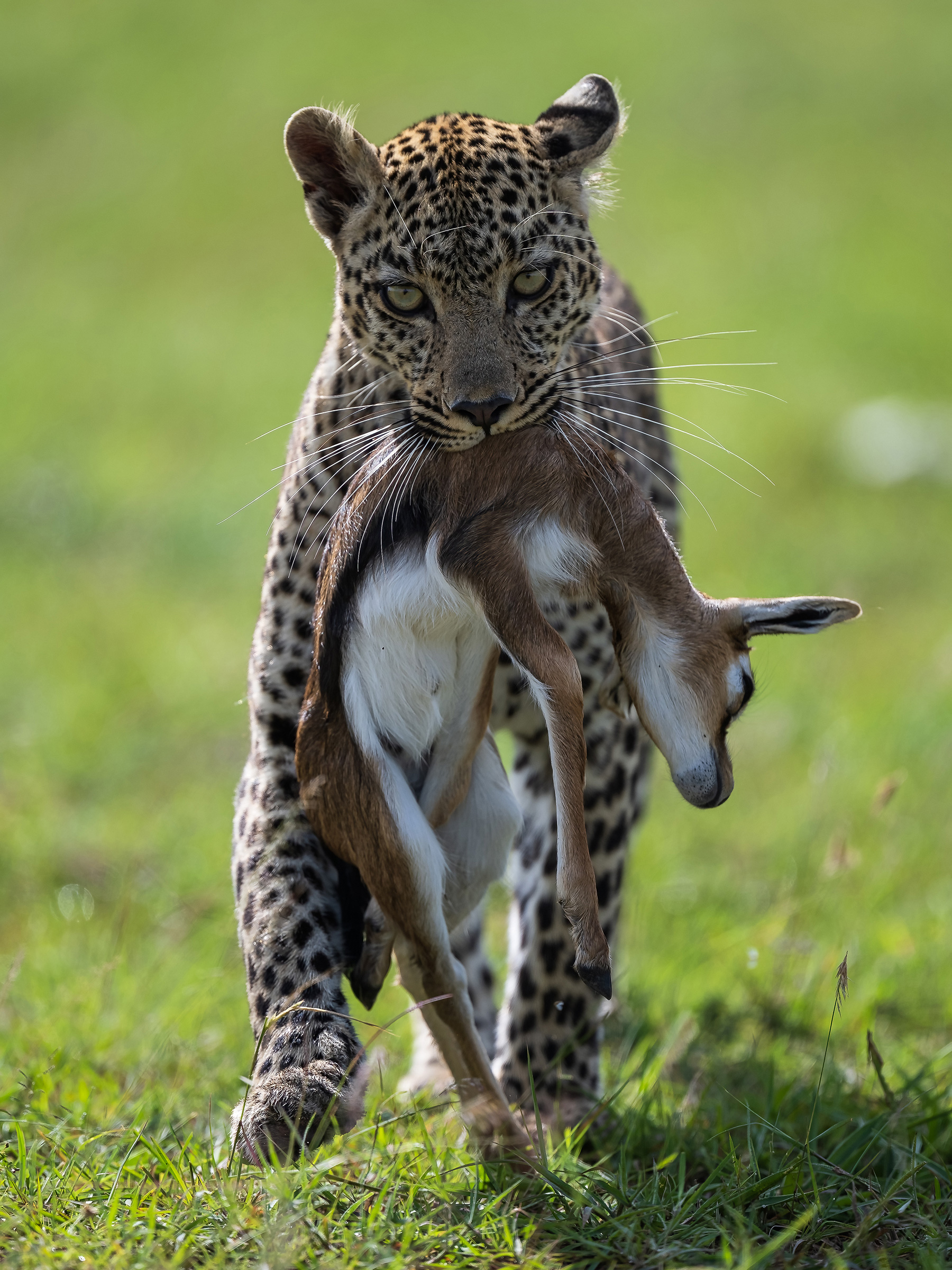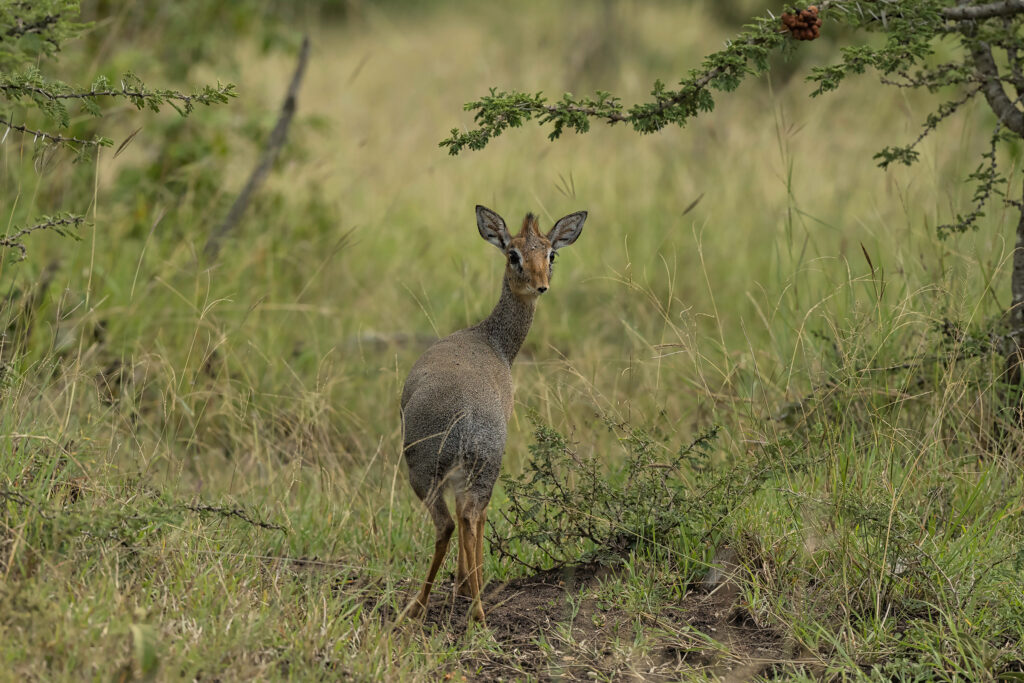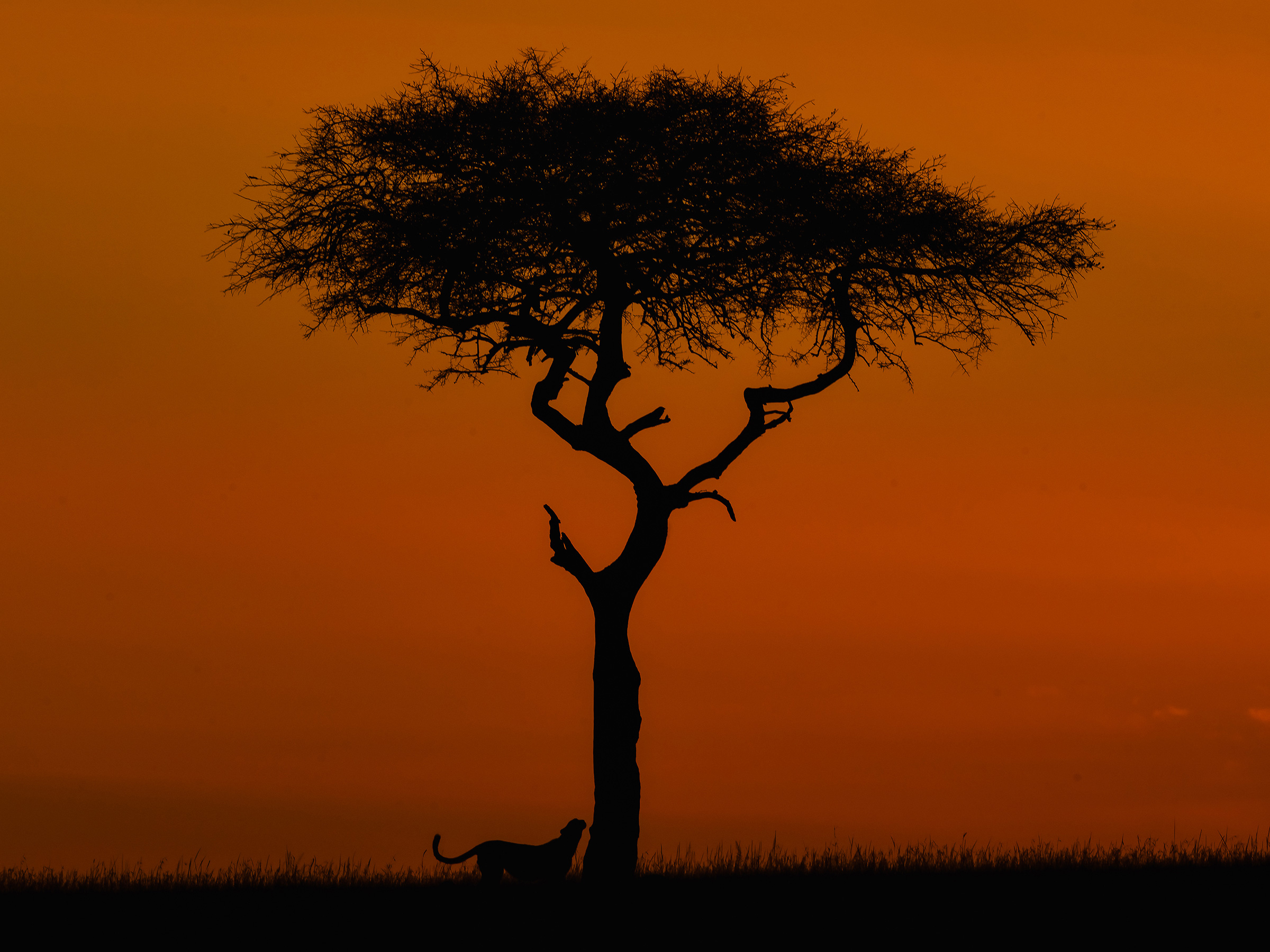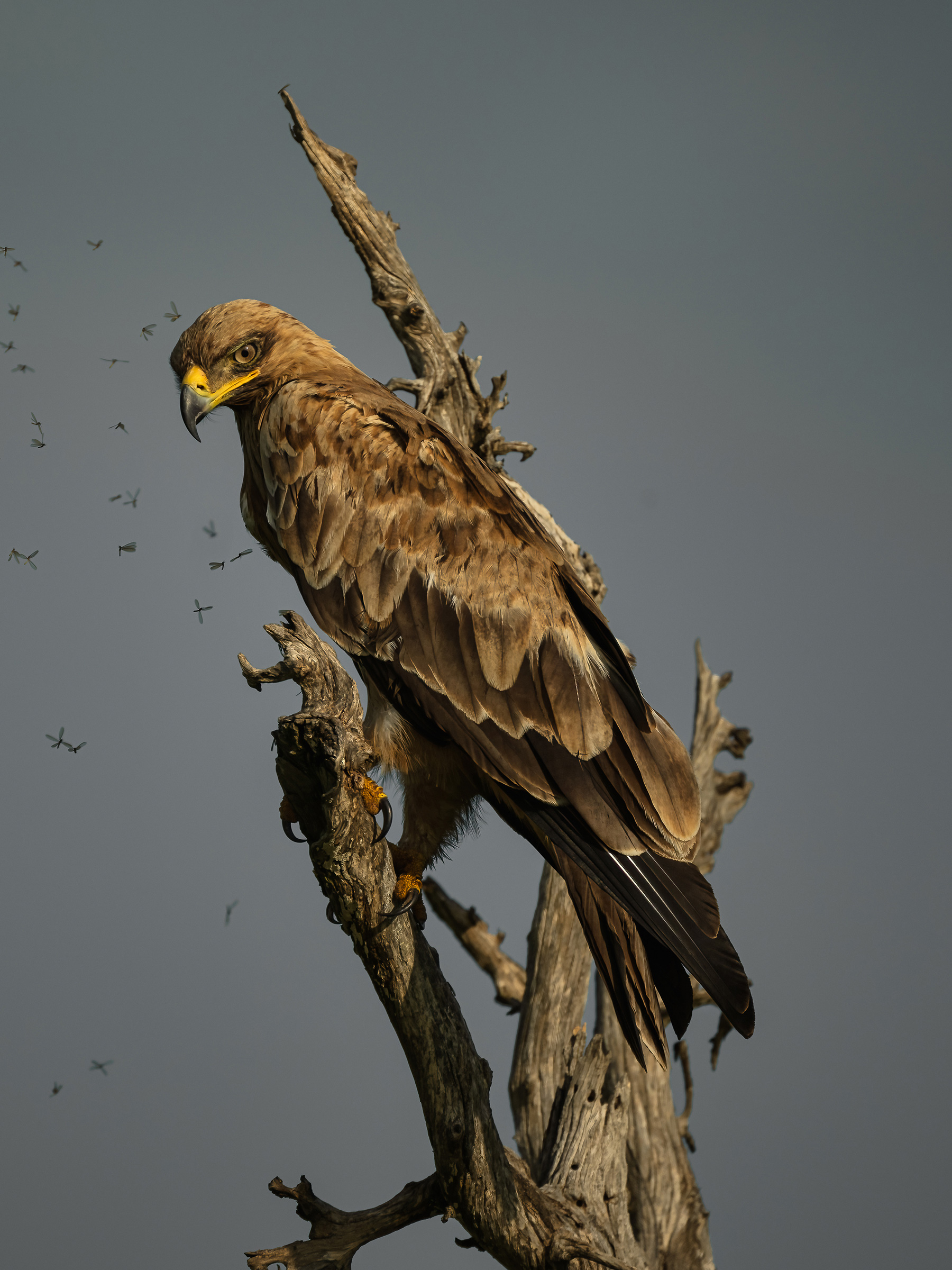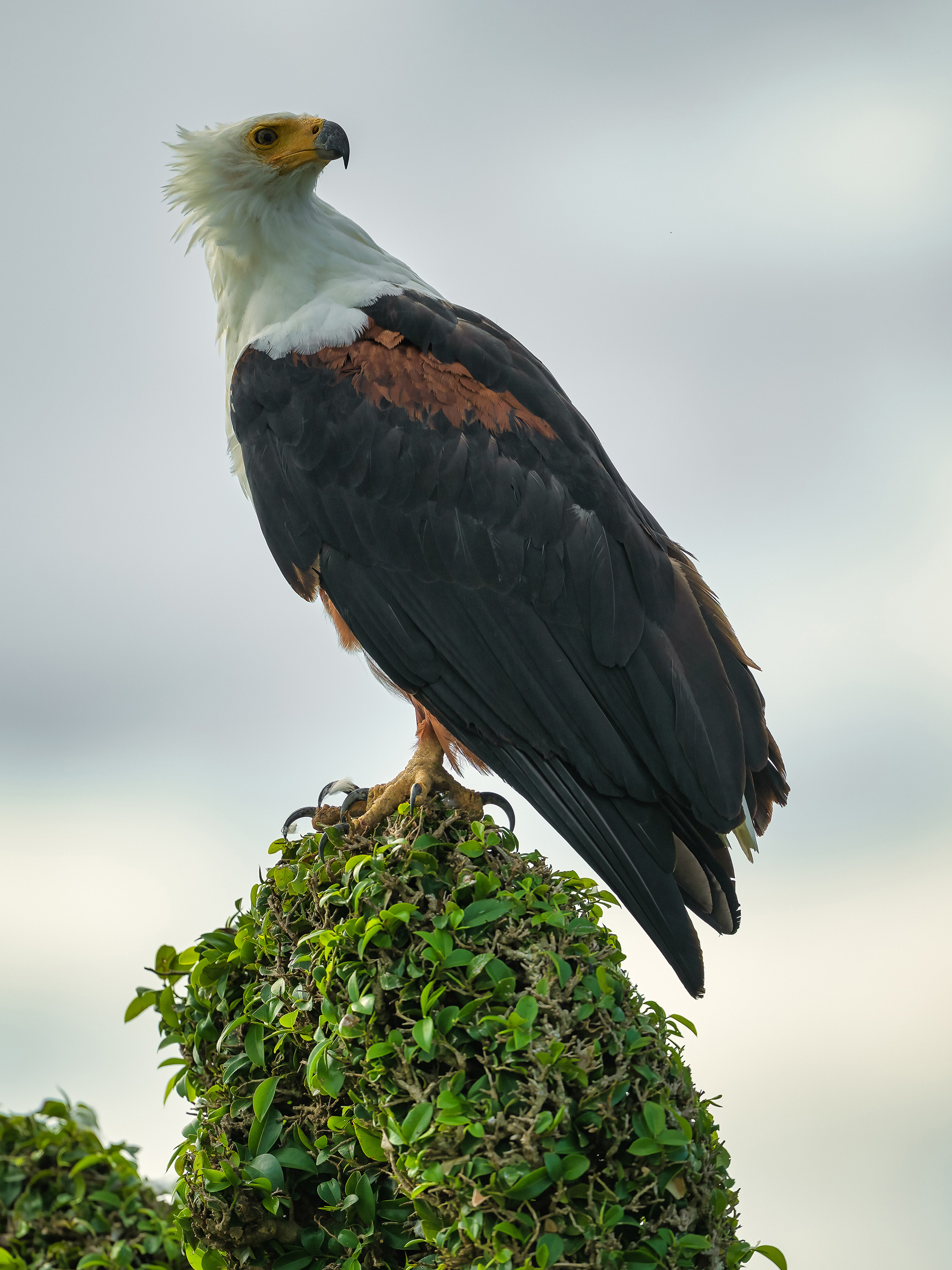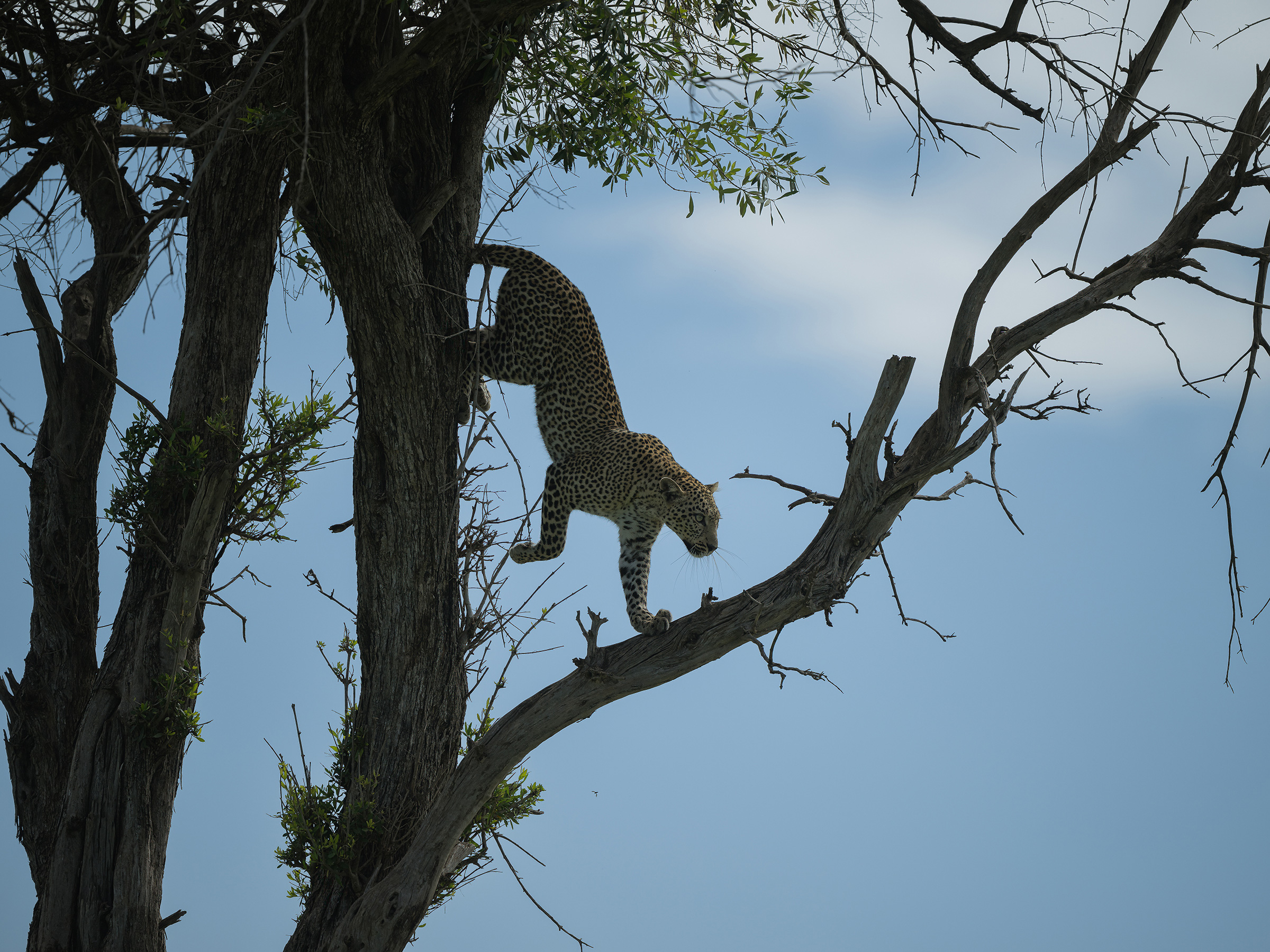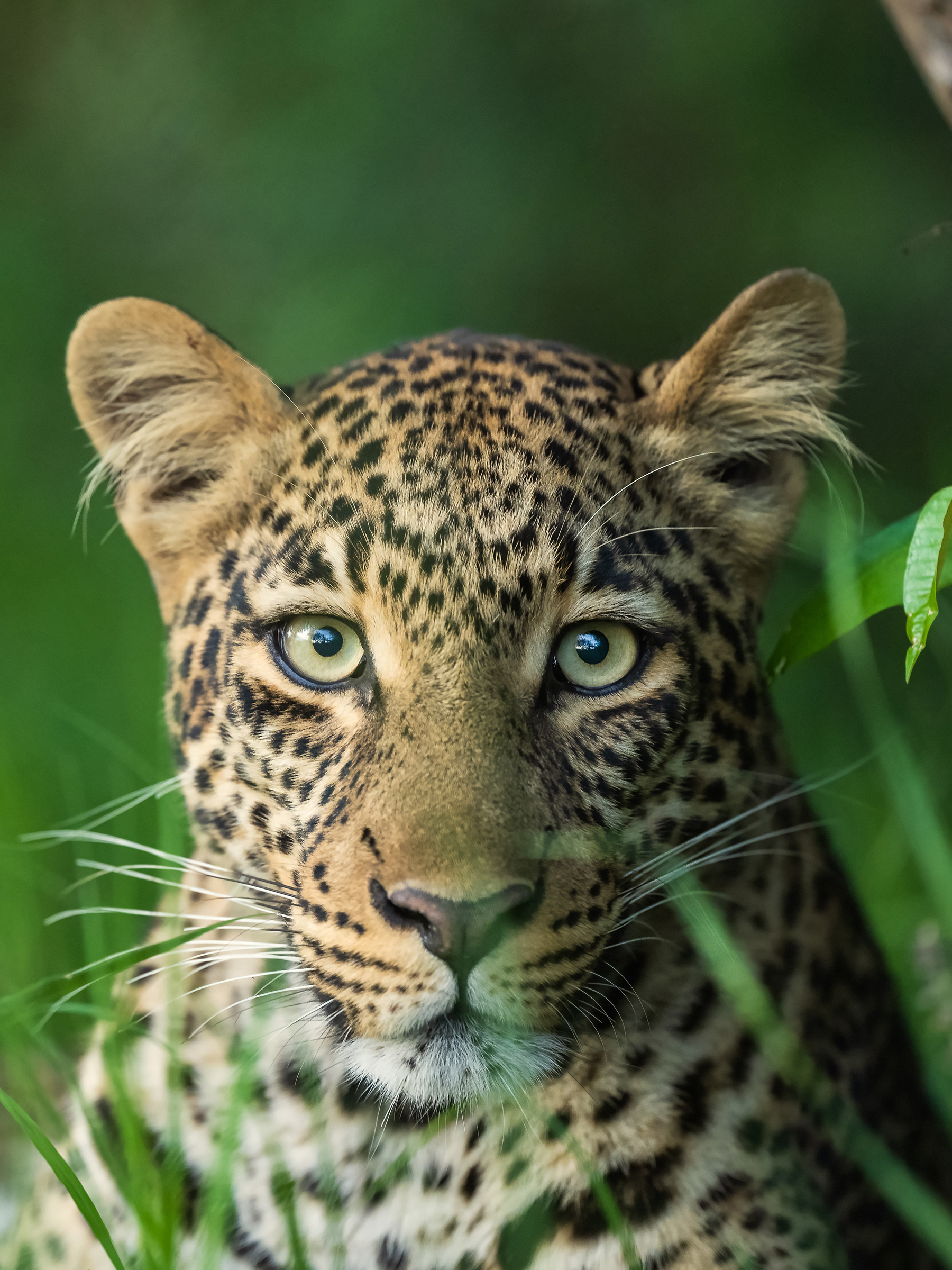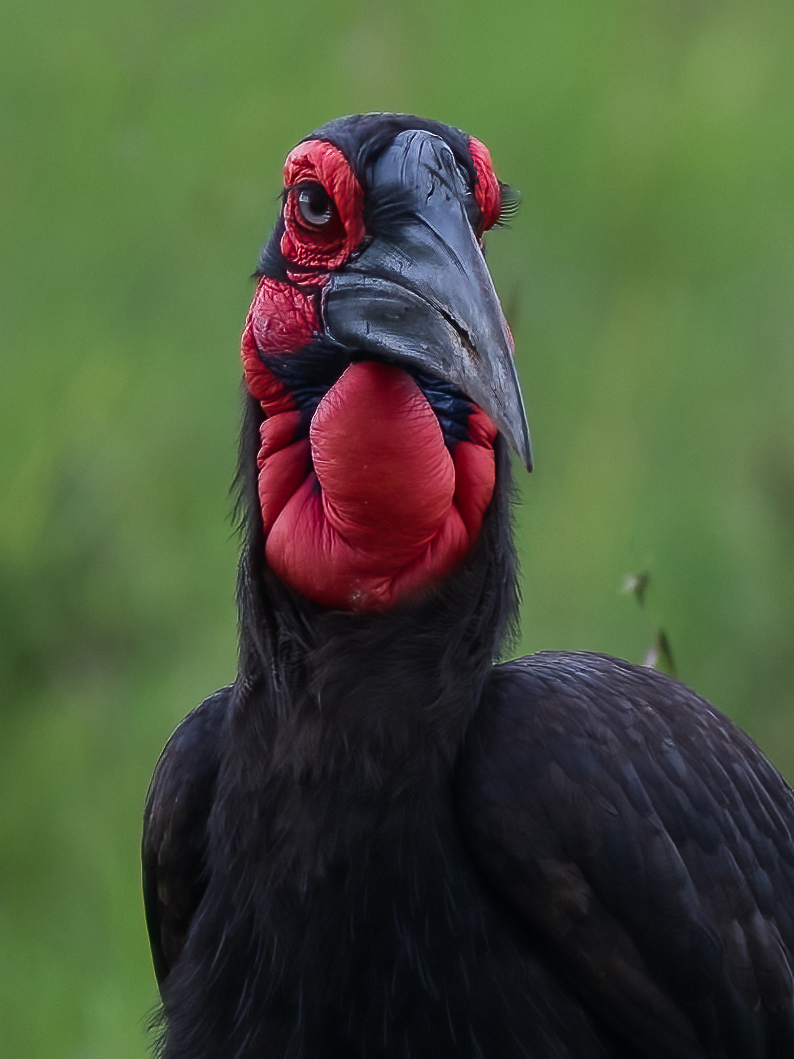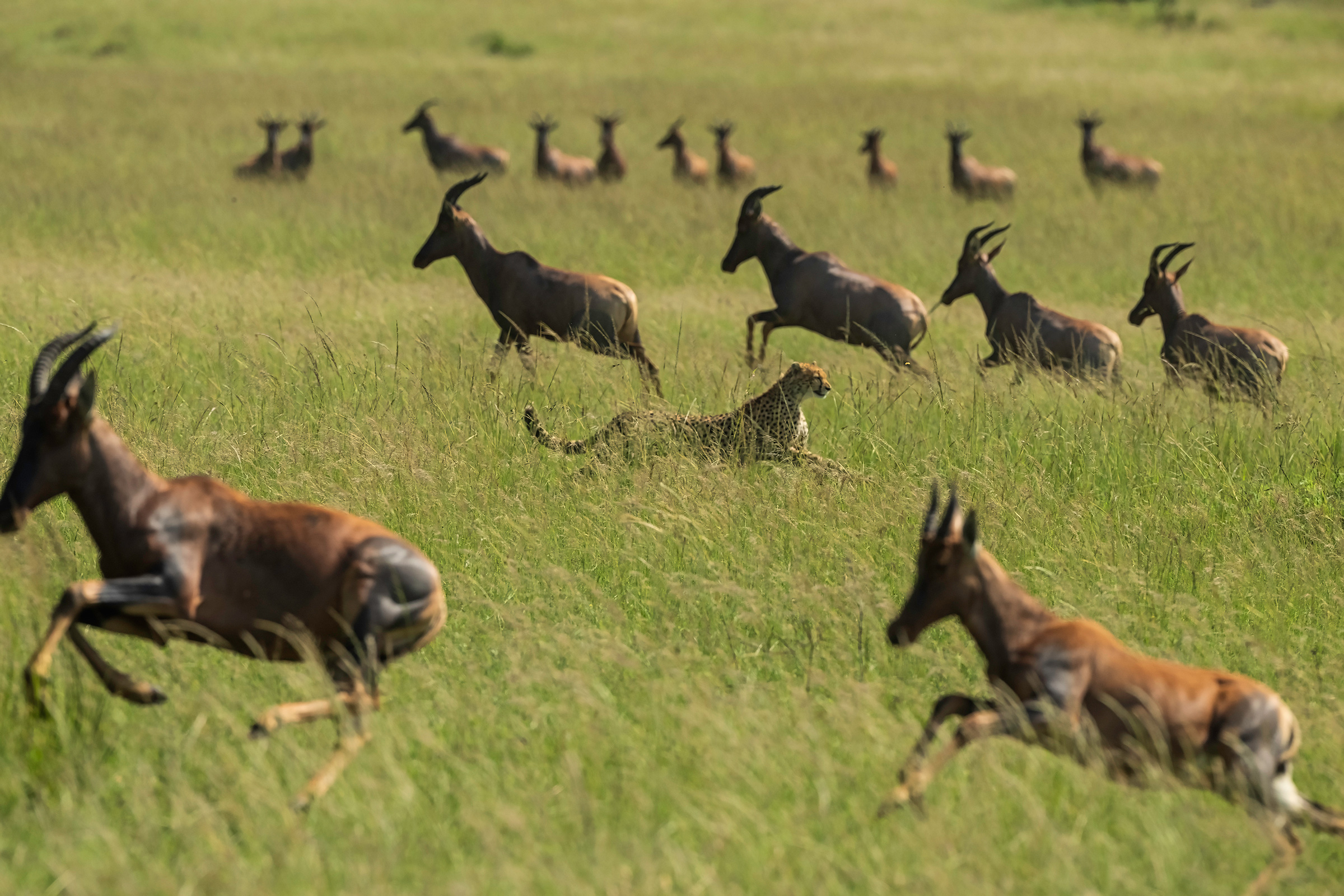As an amateur photographer, I have often found myself chasing light, beauty, and fleeting moments through the viewfinder of my camera. While cityscapes and controlled environments helped me understand composition and exposure, I knew that true growth lay beyond the predictable. My journey to Kenya’s Masai Mara National Reserve stemmed from a desire to confront the wild, embrace the unpredictable, and refine my craft amidst some of the planet’s most majestic landscapes and wildlife.
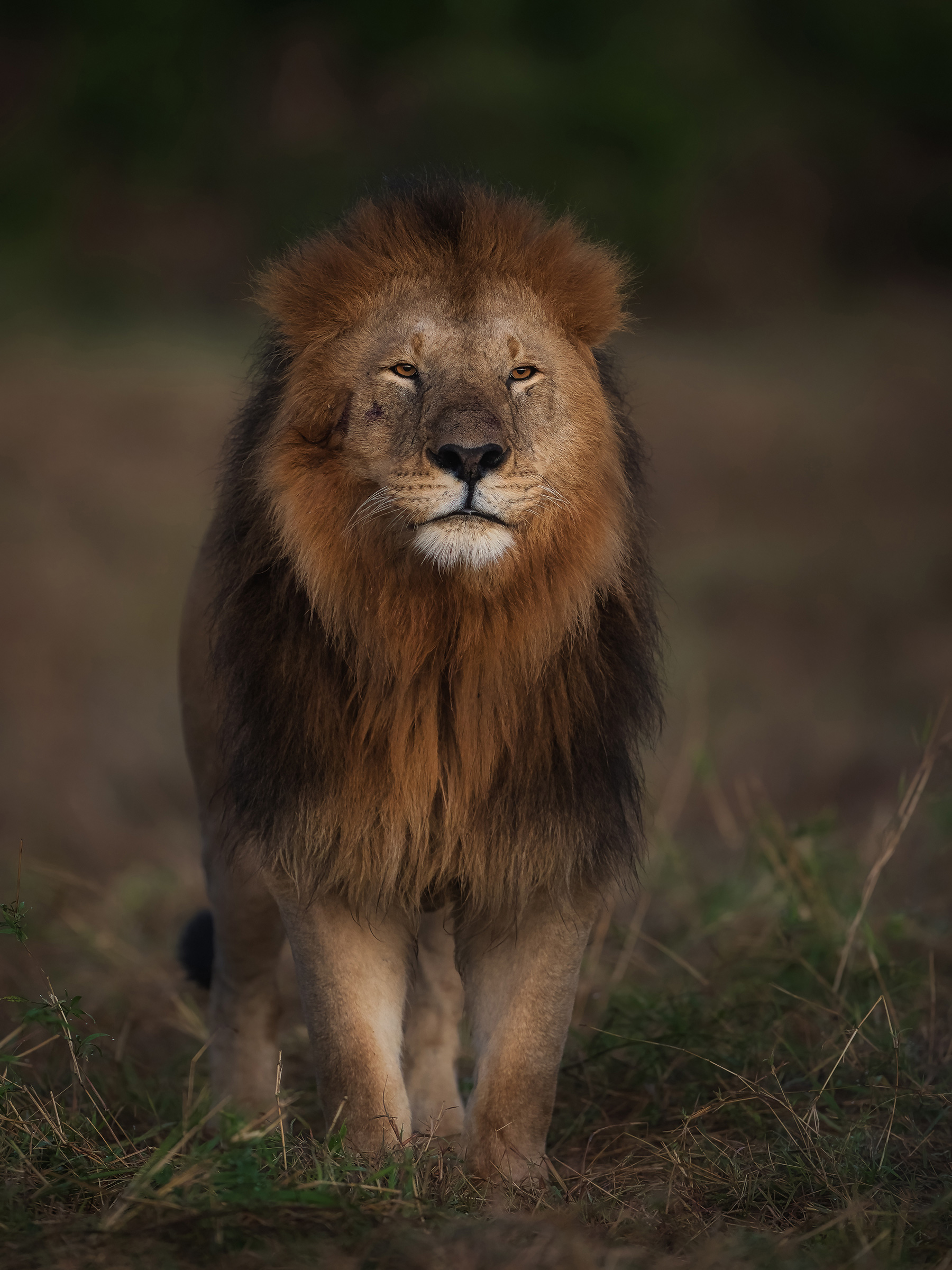
Masai Mara is a name that resonates with photographers and wildlife enthusiasts around the world. Renowned for its sweeping grasslands, dramatic wildlife encounters, and golden horizons, it promised to be as challenging as it was rewarding. What I found there exceeded all expectations. It became a masterclass in patience, adaptability, and humility. This is the story of my experience.
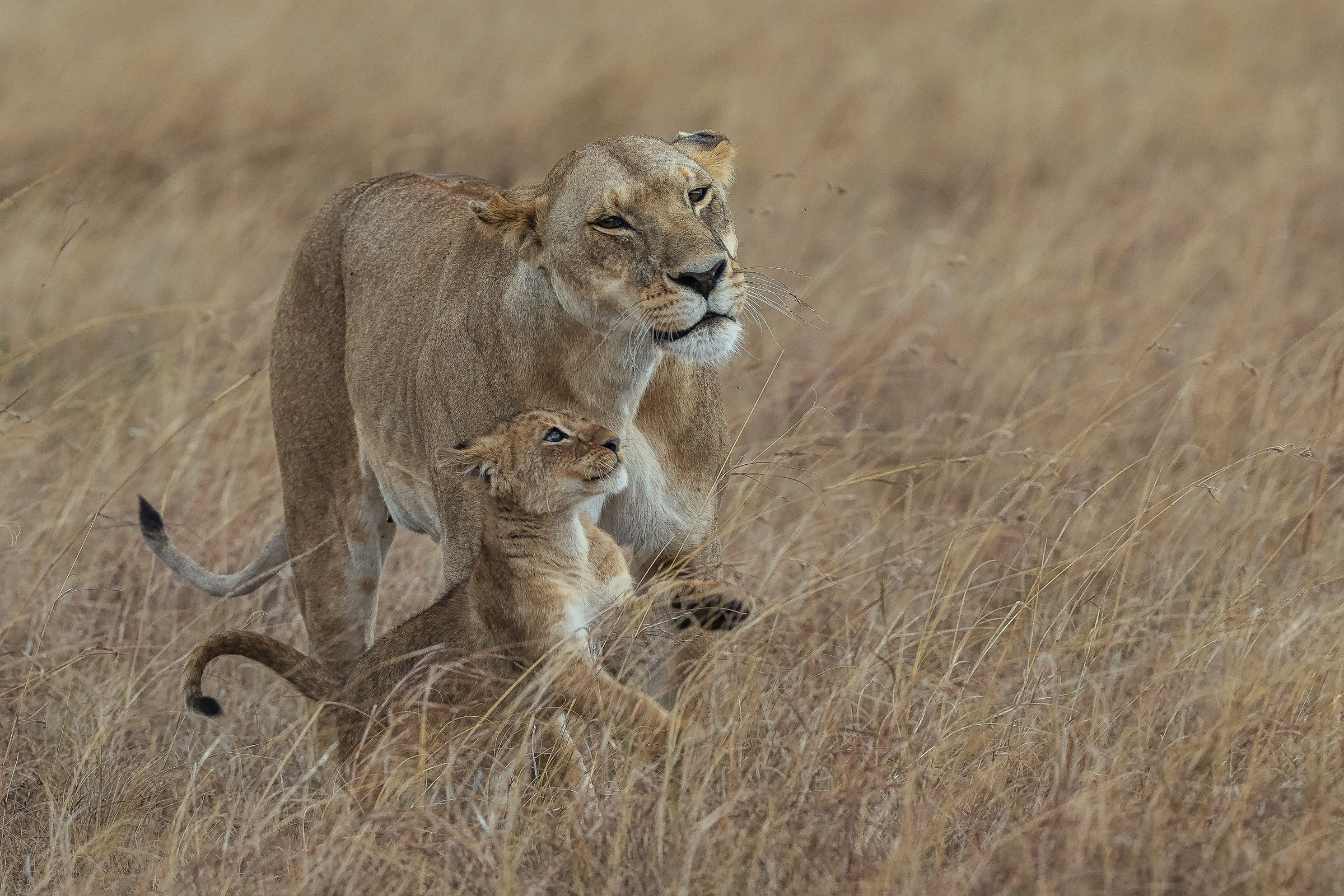
My first glimpse of the Masai Mara from the air was unforgettable. Below, the land stretched endlessly an intricate patchwork of golden grasslands, serpentine rivers, and the scattered shadows of wildlife moving freely across the plains. As our small bush plane touched down on a rudimentary dirt airstrip, I realized this was no ordinary destination. This was nature vast and unfiltered.
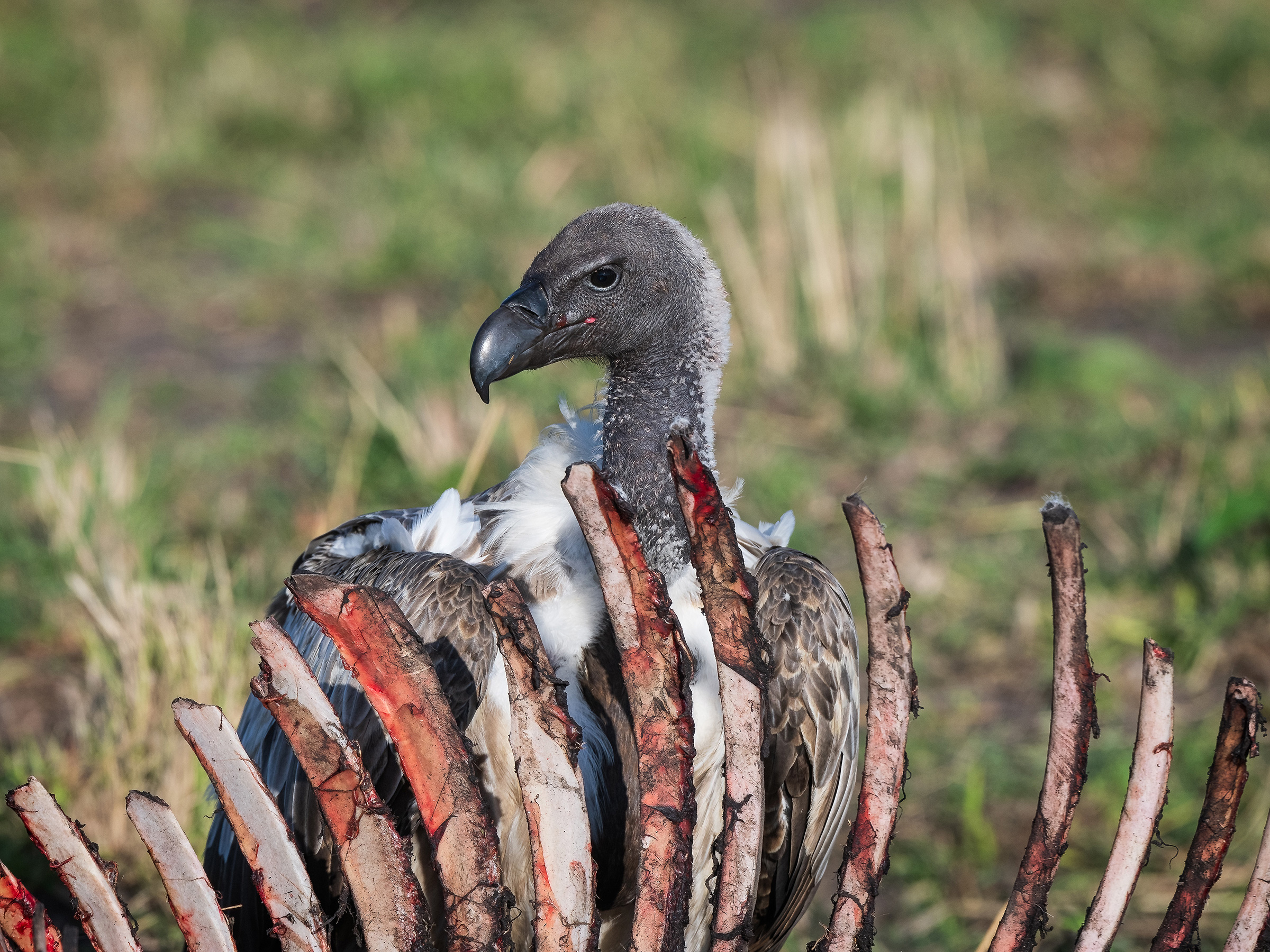
From the moment I met my local team at Mara Trails, it became clear that the success of my journey would rely as much on their deep knowledge of the land and its wildlife as on my technical skills. With years of guiding experience, they became my interpreters, translating the wilderness into a language I could understand through my lens.
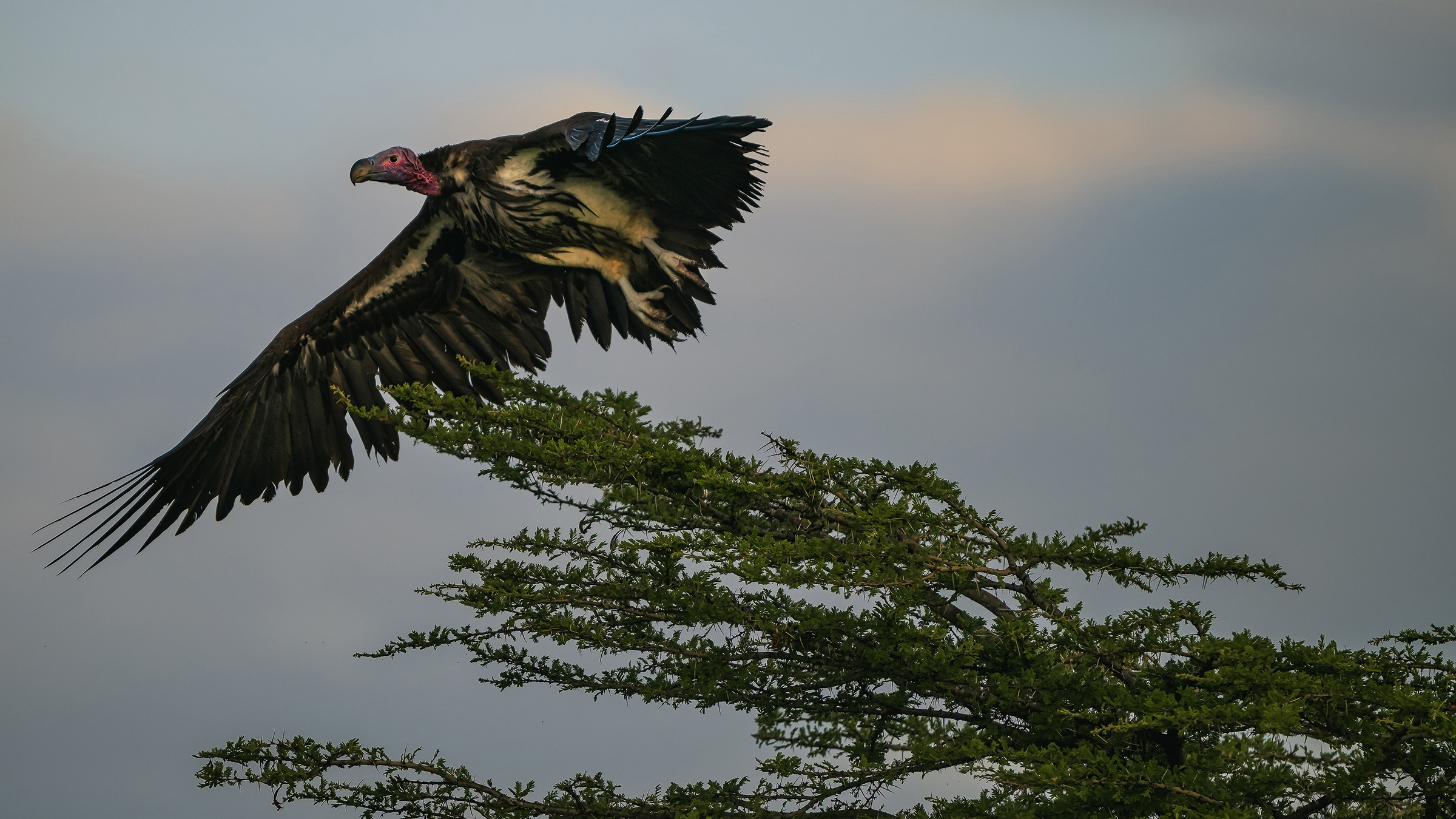
Each day began long before sunrise. By 4:45 a.m., I was preparing my gear; by 5:00 a.m., we were bouncing across dew-drenched plains in our open Land Cruiser. The African sky gradually shifted from ink-black to soft purples and oranges, transforming the landscape with it.
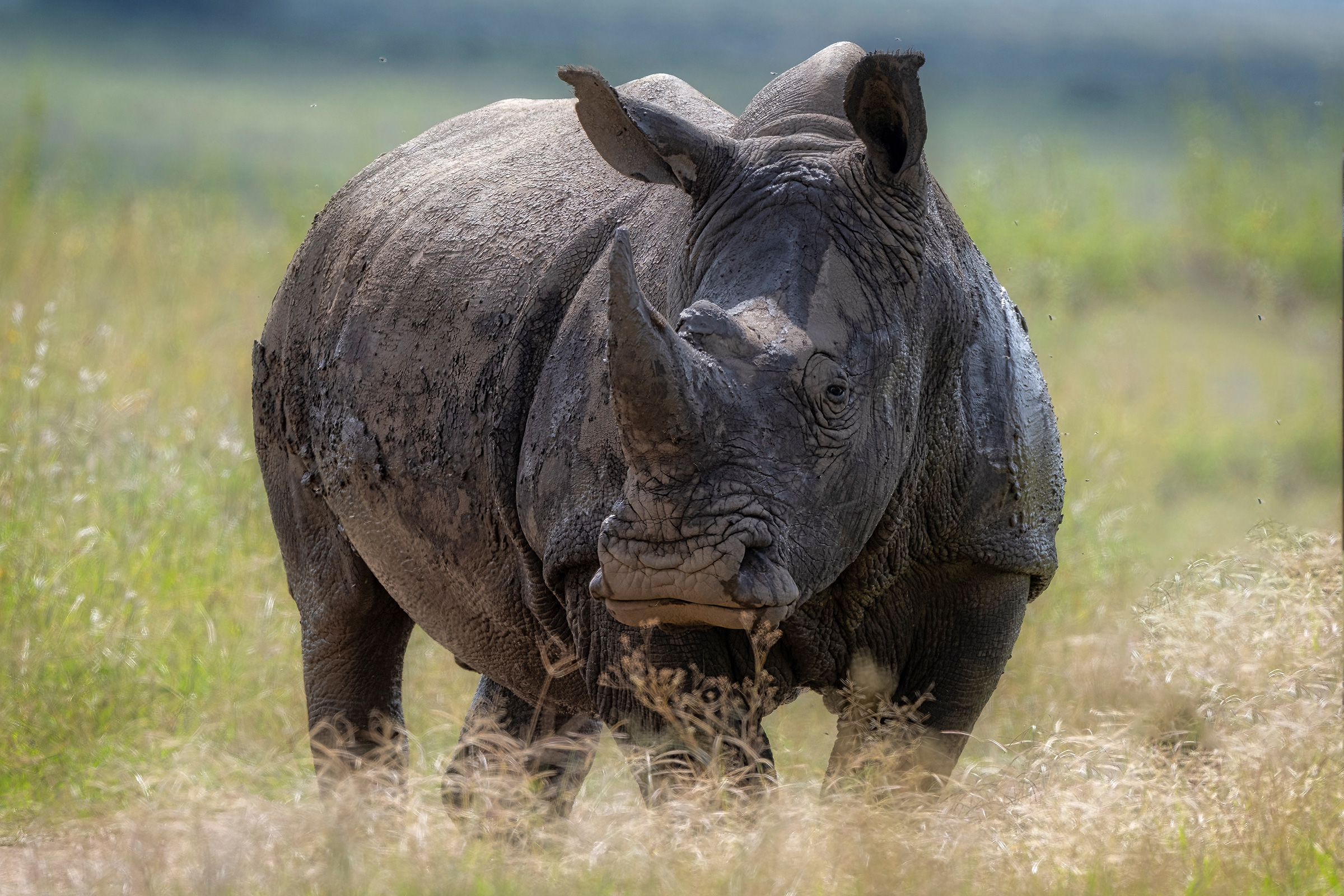
Sunrises in the Masai Mara weren’t just visually stunning, they were transformative. The soft, directional light bathed the world in a golden glow, making even familiar animals seem mythical. For a photographer, it was a playground of light and shadow, silhouette and detail.
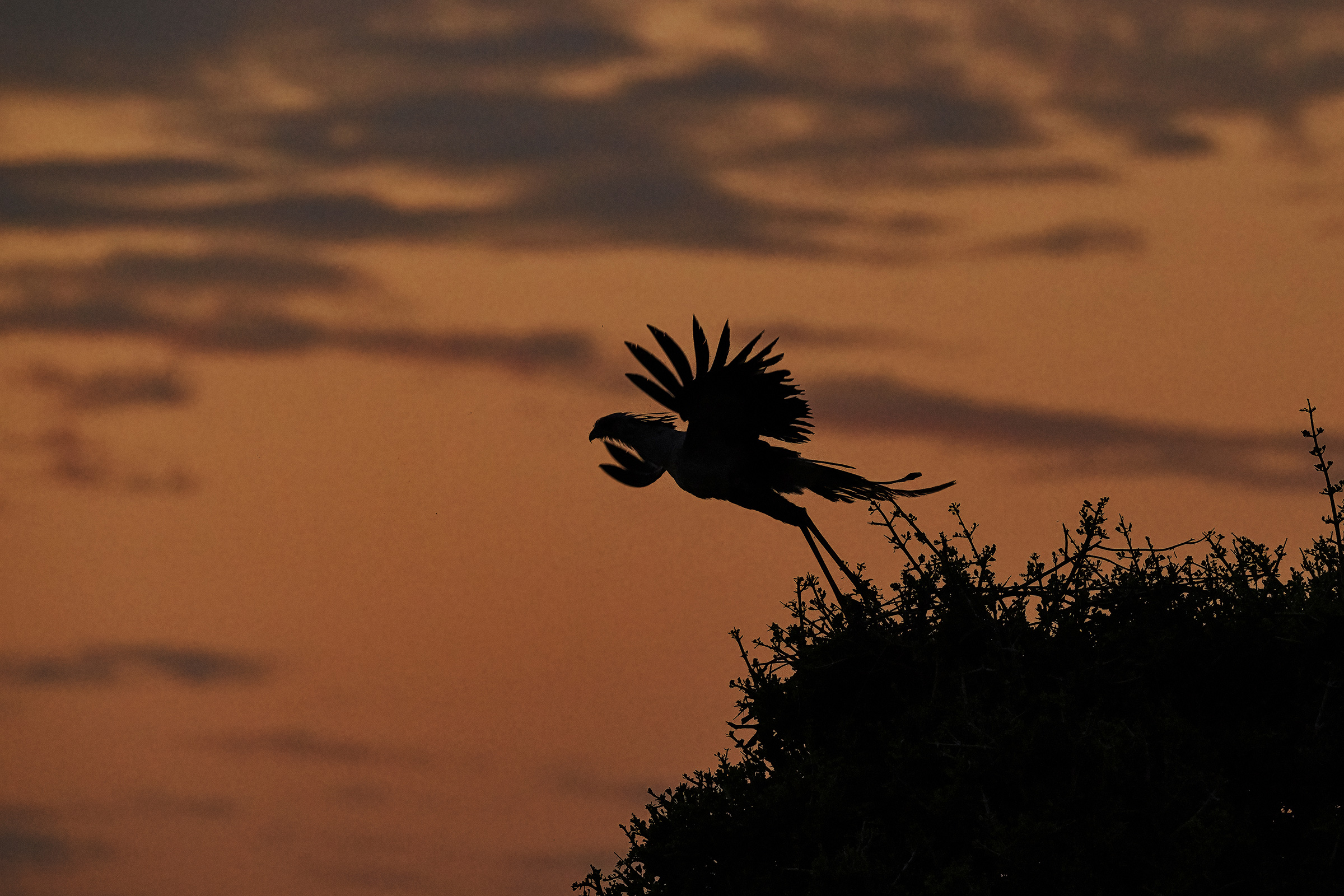
Yet capturing these moments was far from simple. Exposure settings required constant adjustment as the sky brightened minute by minute. Shooting into the sun yielded dramatic silhouettes, giraffes striding across ridgelines, elephants emerging from morning mist while turning away revealed rich textures in fur and feather. The true challenge was not just seeing the light but anticipating its dialogue with the land.
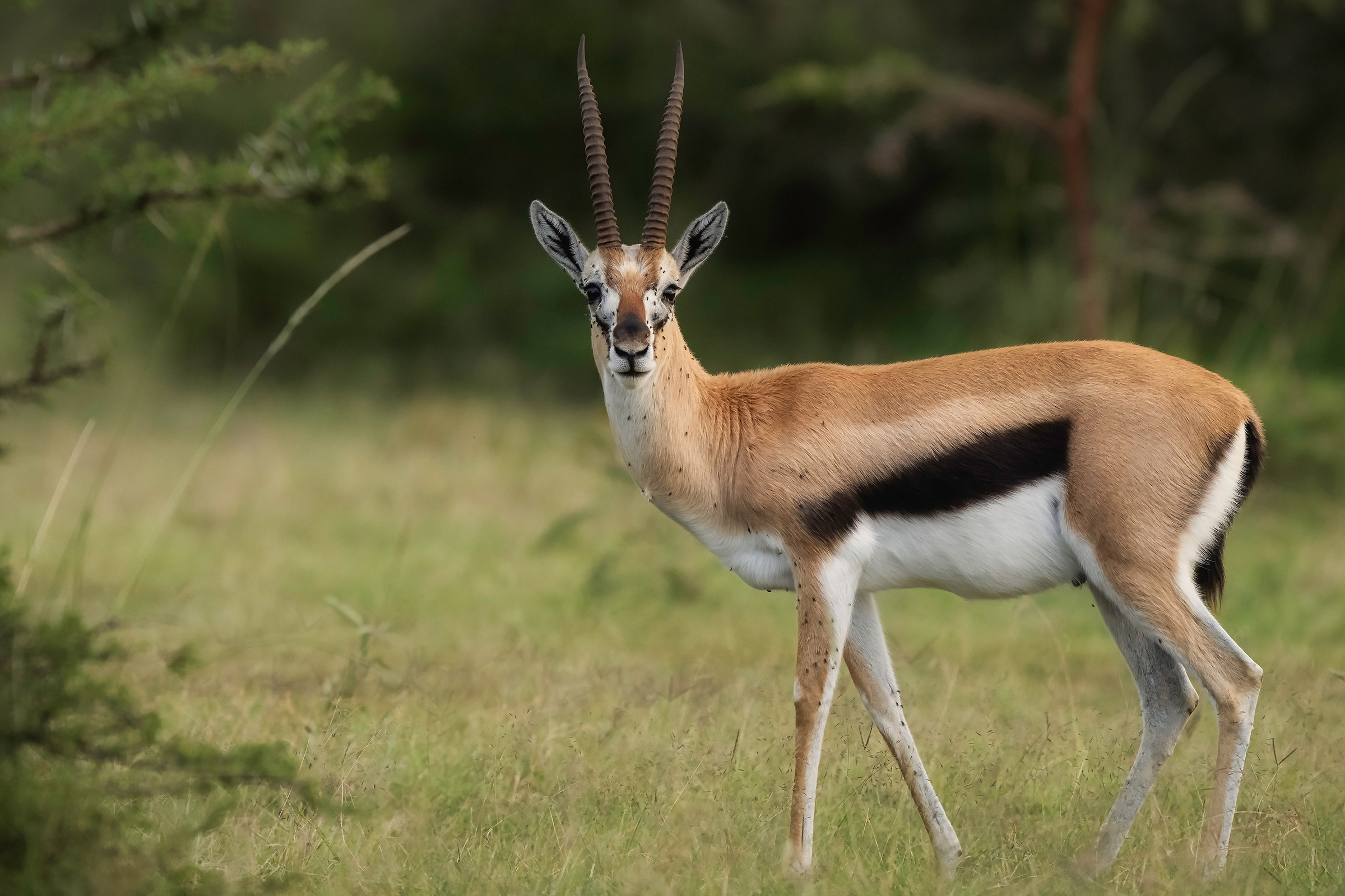
If sunrise was soft and poetic, sunset was theatrical. The light deepened, shadows lengthened, and the sky erupted in a riot of crimson, gold, and violet. Against this breathtaking backdrop, animals paused sometimes alert, sometimes at rest, creating silhouettes of unparalleled beauty.
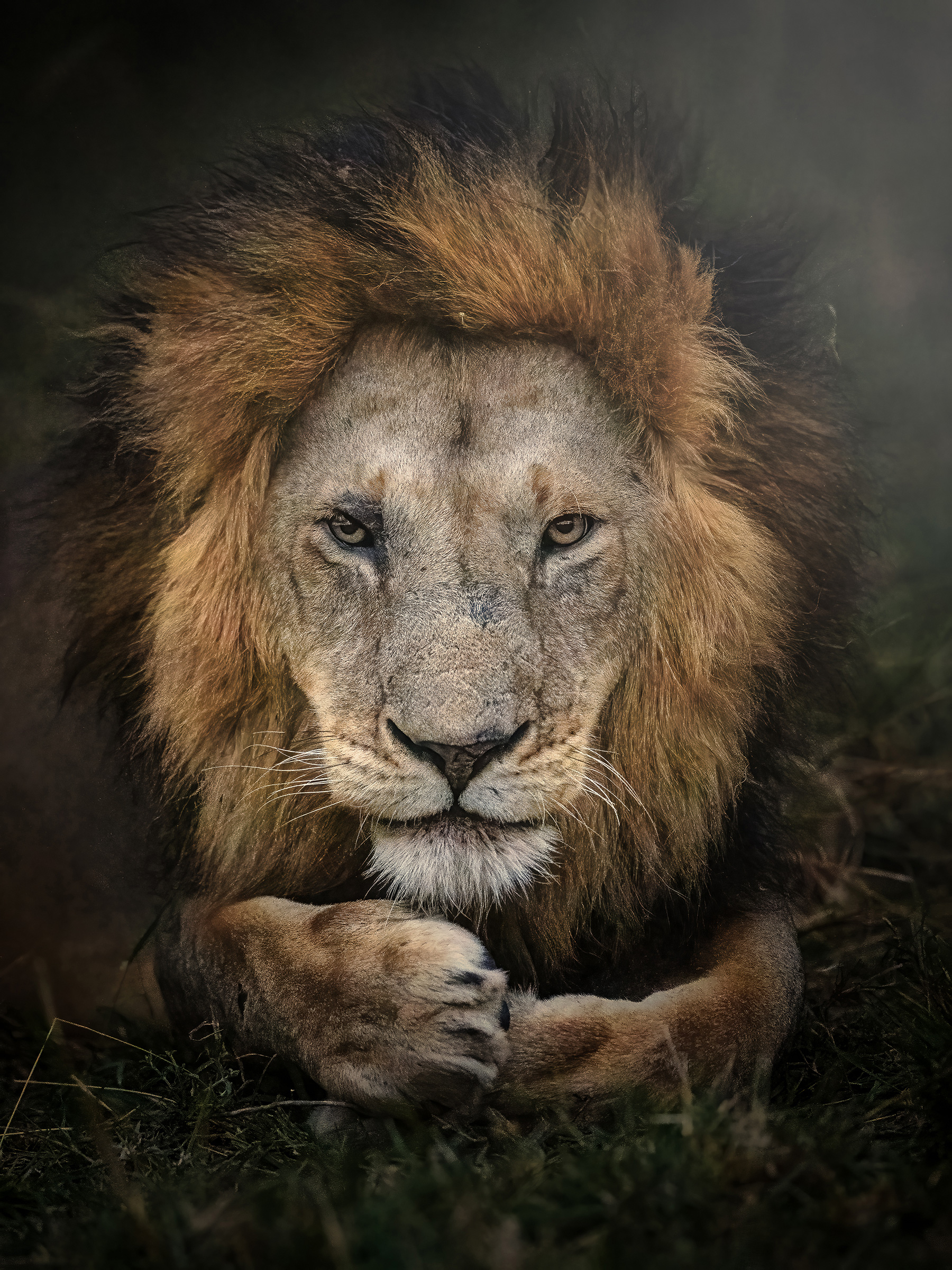
Photographically, dusk posed its own challenges. Light disappeared rapidly, requiring quick adjustments to ISO, aperture, and shutter speed. Dust suspended in the golden glow added atmosphere but also demanded caution to avoid lens flare and sensor contamination. Through trial and error, I discovered that my best images came not from chasing perfection, but from embracing the environment’s imperfections.
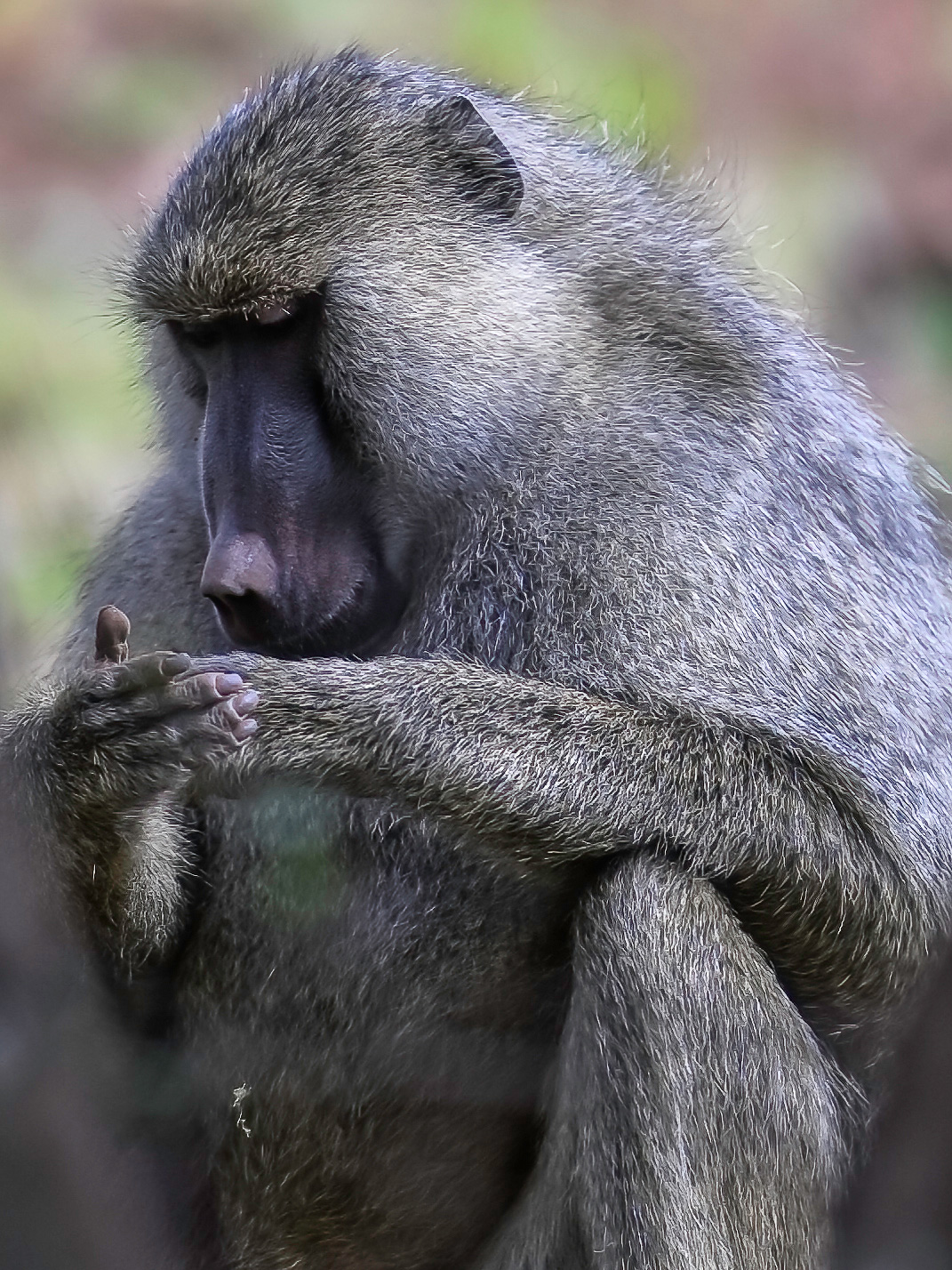
Unlike studio photography, where every element is controlled, wildlife photography is a lesson in surrender. The animals owe you nothing; they won’t repeat a moment for a missed shot. I spent hours tracking elusive leopards, only for them to vanish into the undergrowth seconds before I was ready.
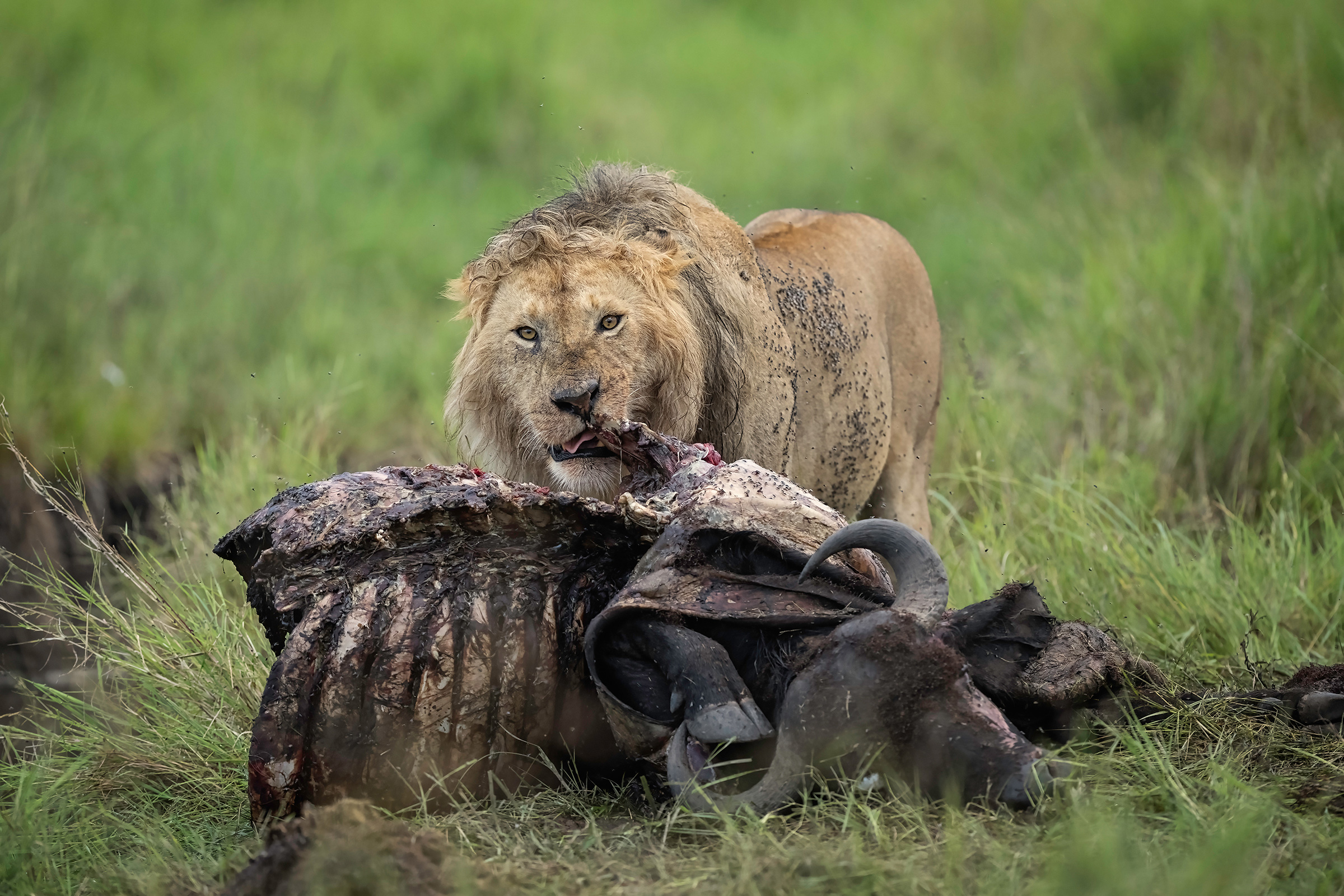
Harsh midday light flattened contrasts, while sudden weather shifts could turn a brilliant scene dull in moments. Despite precautions, dust found its way into every crevice of my gear. Through it all, I learned that adaptability, quick thinking, and humility are as vital as any lens or camera body.
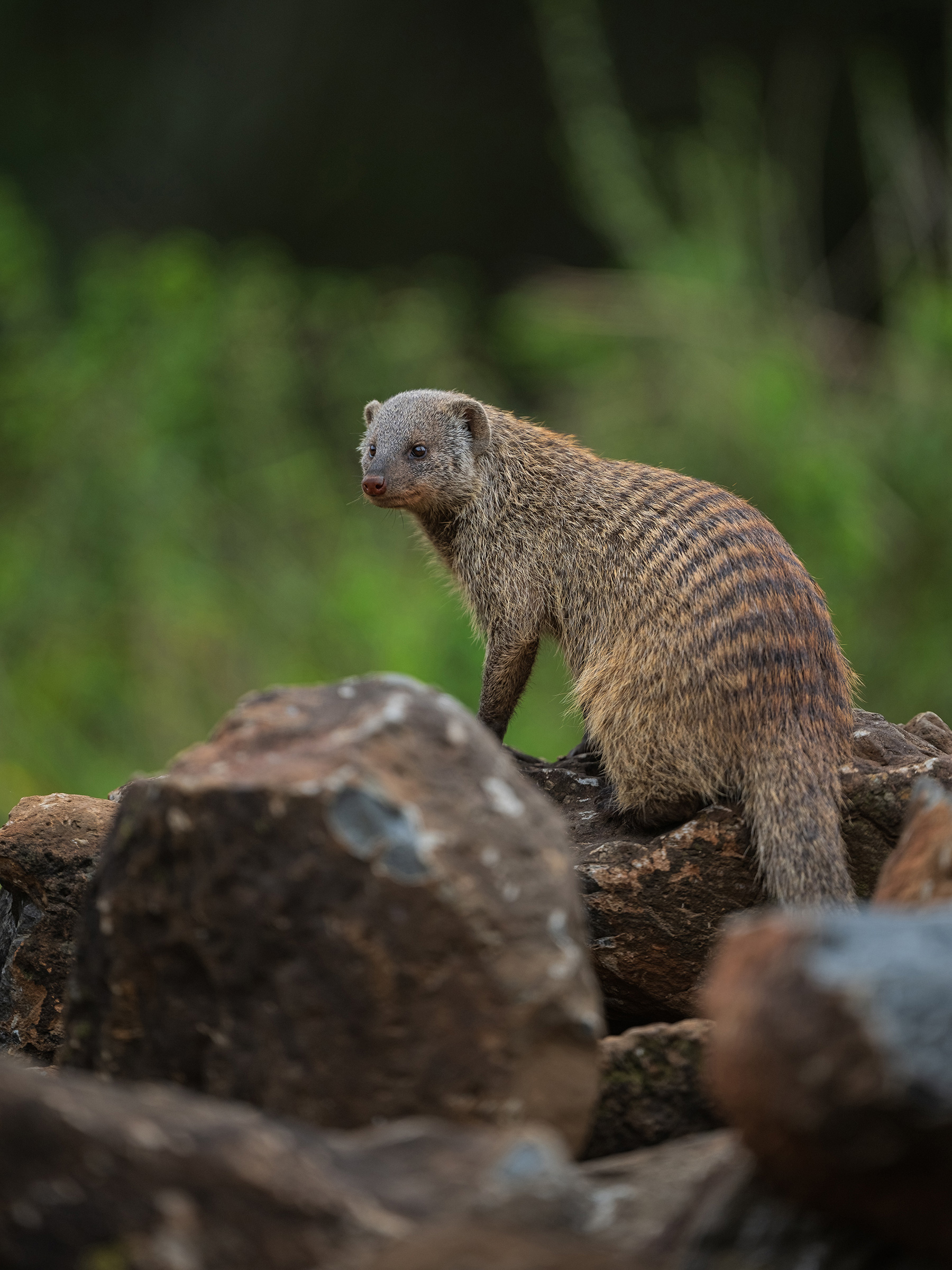
Capturing fast-moving animals required high shutter speeds—often at the cost of aperture and ISO balance. Predators mid-hunt demanded instinctive adjustments and precise focus. Composition had to happen in an instant: framing subjects against dramatic skies, using rivers or herds as leading lines, and balancing negative space to tell a compelling story within a single frame.
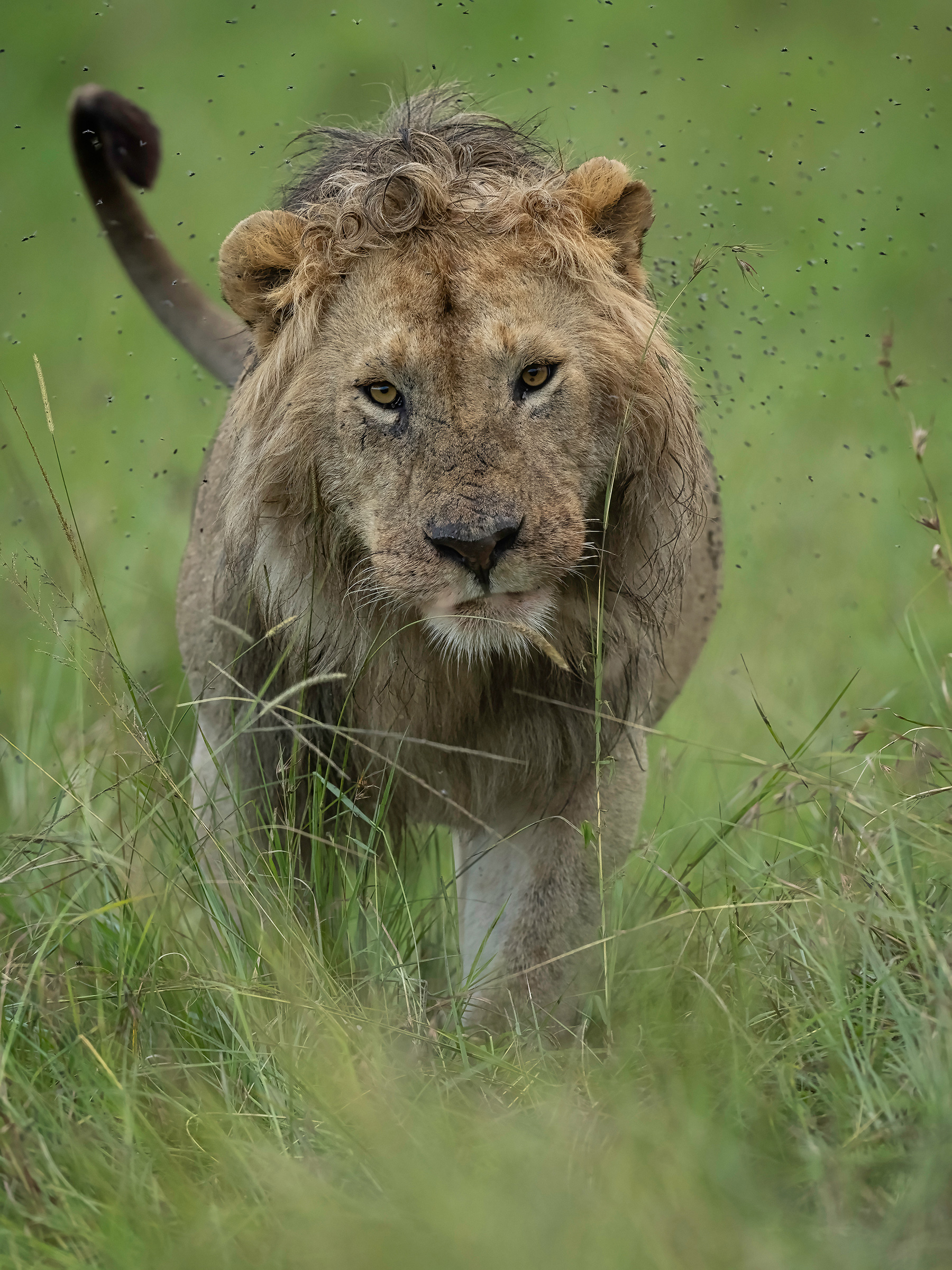
We had the privilege of witnessing and capturing few extraordinary moments in the wild.
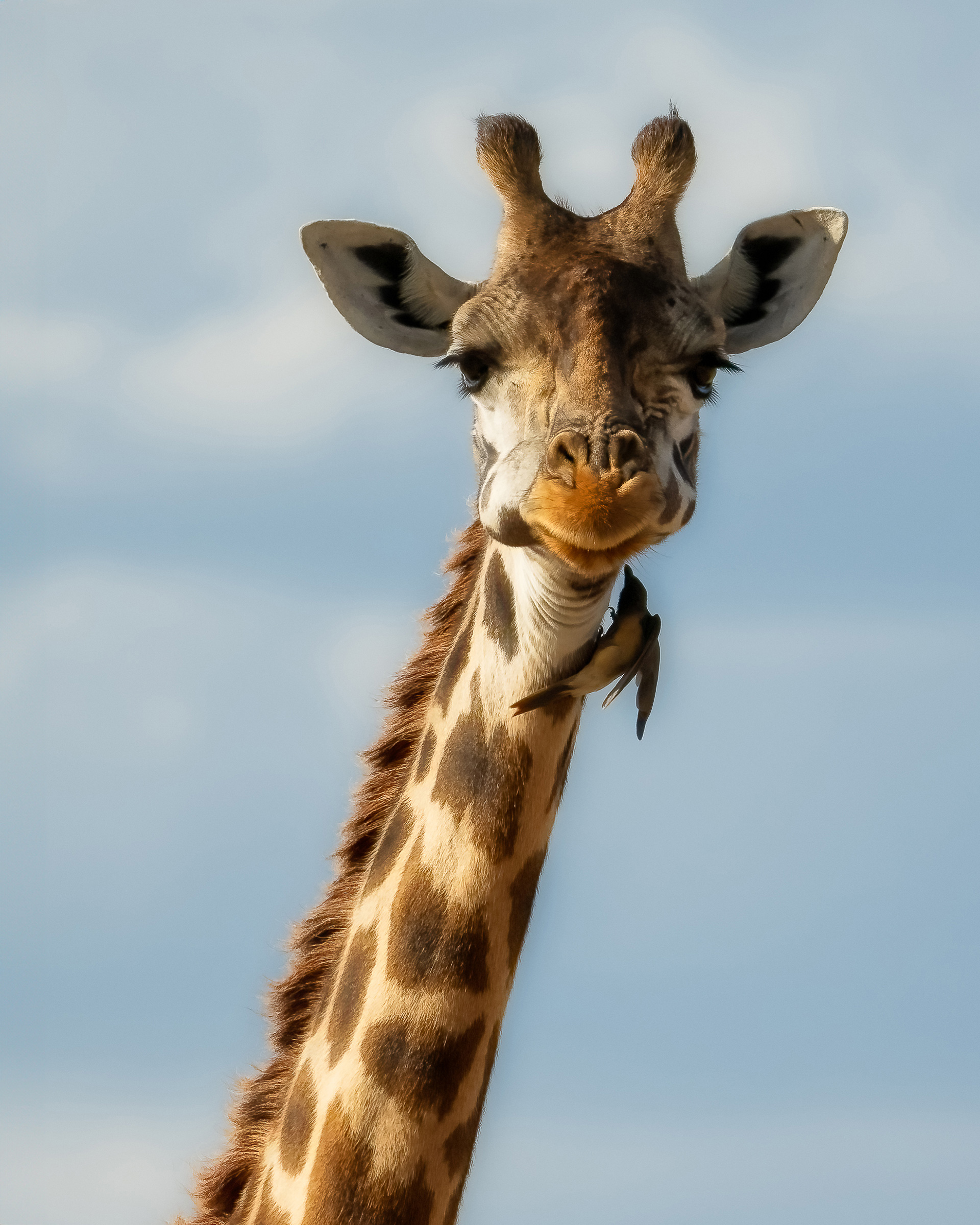
These encounters not only deepened our appreciation for the animals but also underscored the need to protect their habitats for future generations.
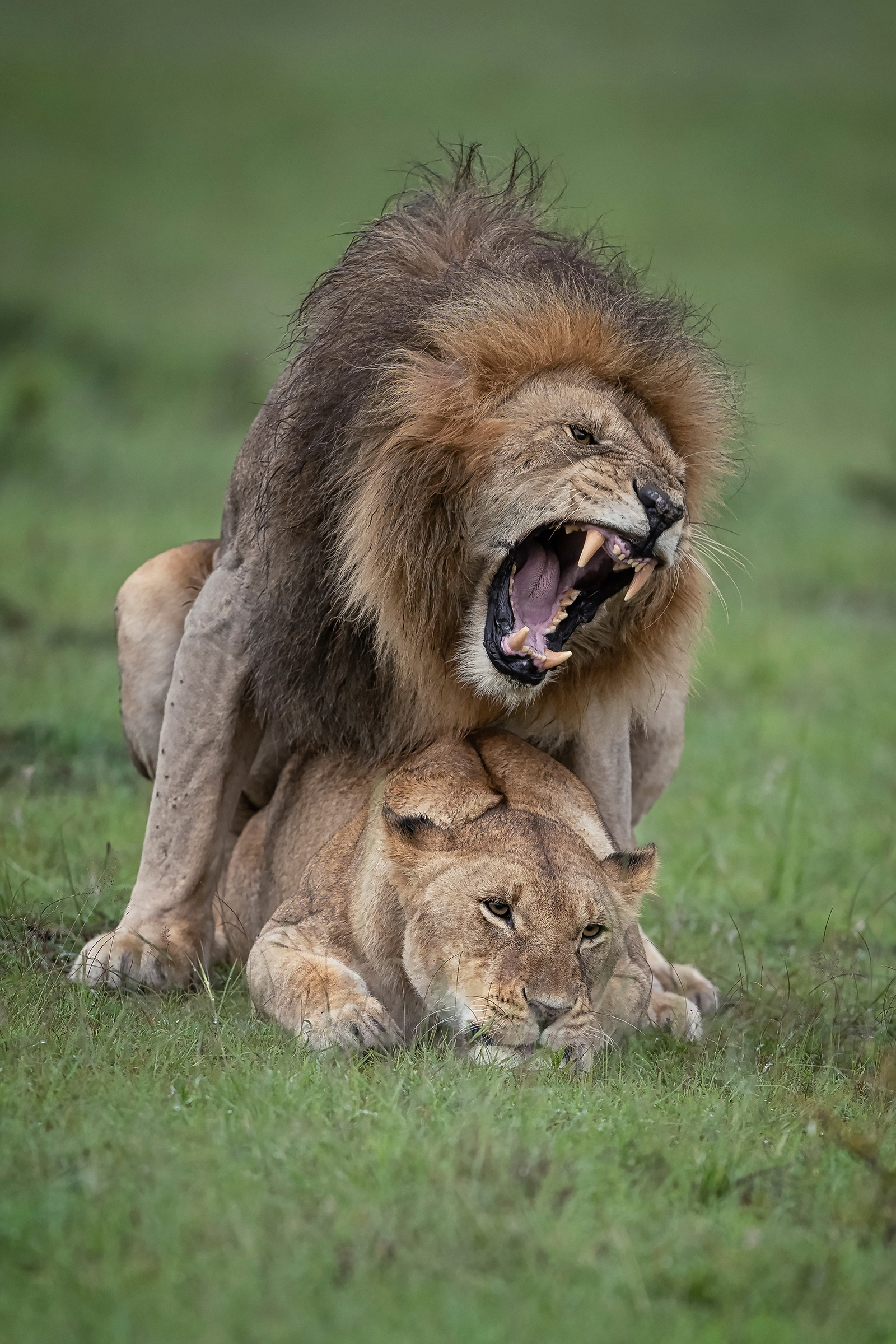
No visit to the Masai Mara would be complete without engaging with the Masai people—proud, resilient, and deeply rooted in their land.
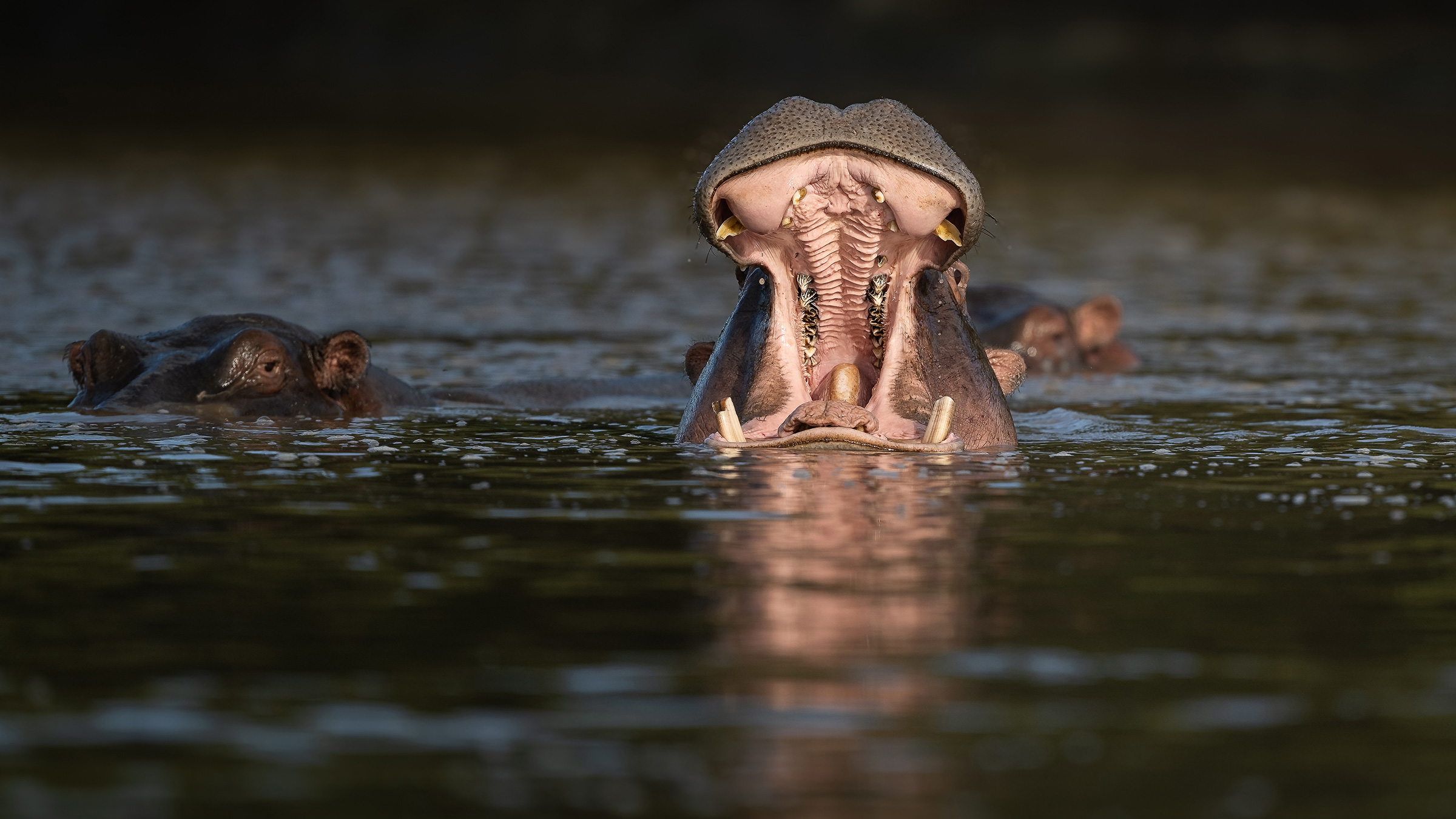
Welcomed into a village, I witnessed traditions that have endured for centuries. Men performing the iconic jumping dance, women creating intricate beadwork, and elders sharing stories beneath acacia trees. Their hospitality was sincere; their dignity unmistakable.
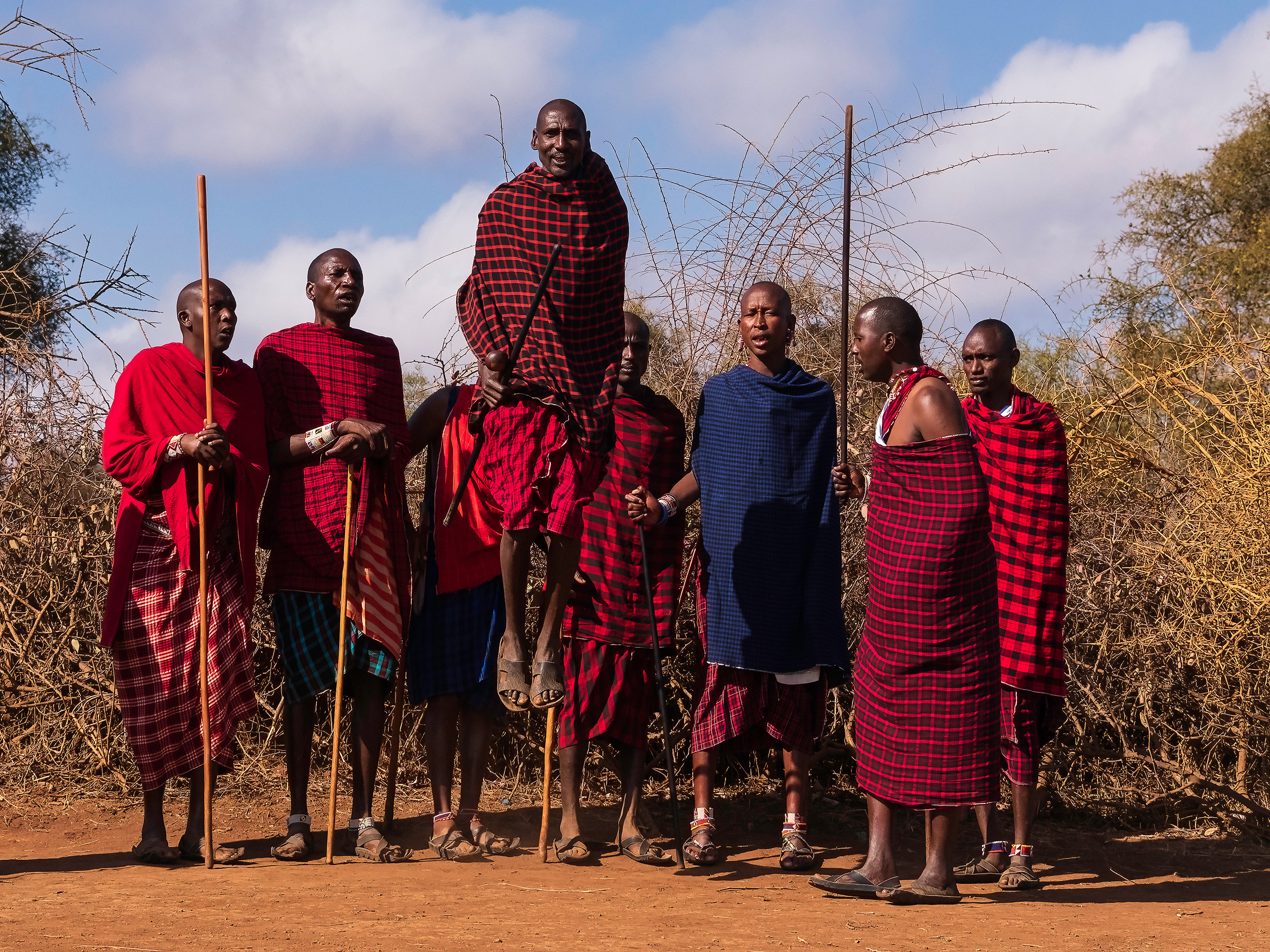
Photographing the Masai required sensitivity and respect. I sought consent before every portrait, engaged in genuine conversations before raising my camera, and aimed to capture not just their image, but their spirit. These photographs remain among my most cherished expressions of humanity, resilience, and continuity.
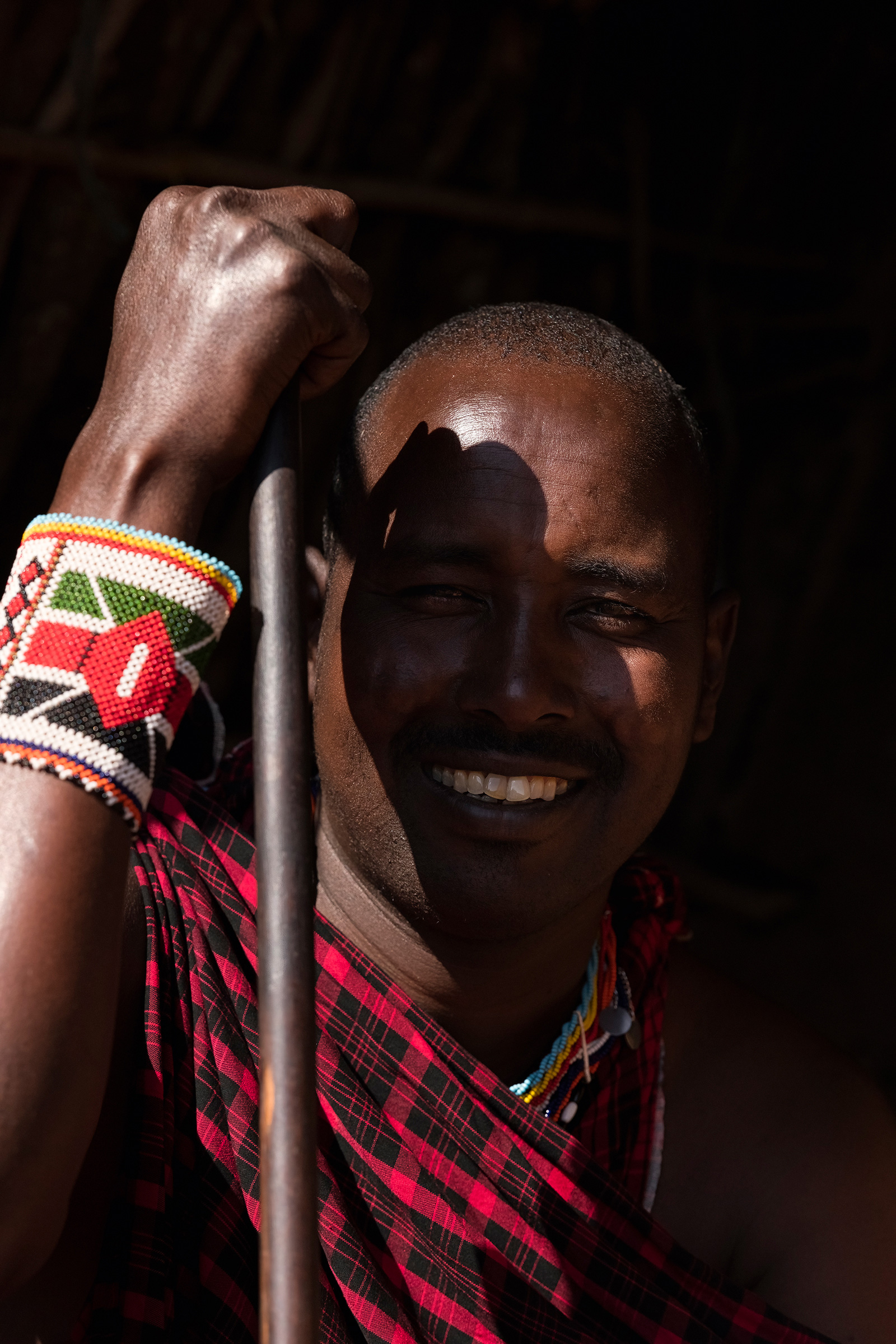
One elder’s words stayed with me: “The animals, the grass, the sky we are all part of this place. We do not own it; we belong to it.”
It was a sentiment that echoed the quiet teachings of the land itself.
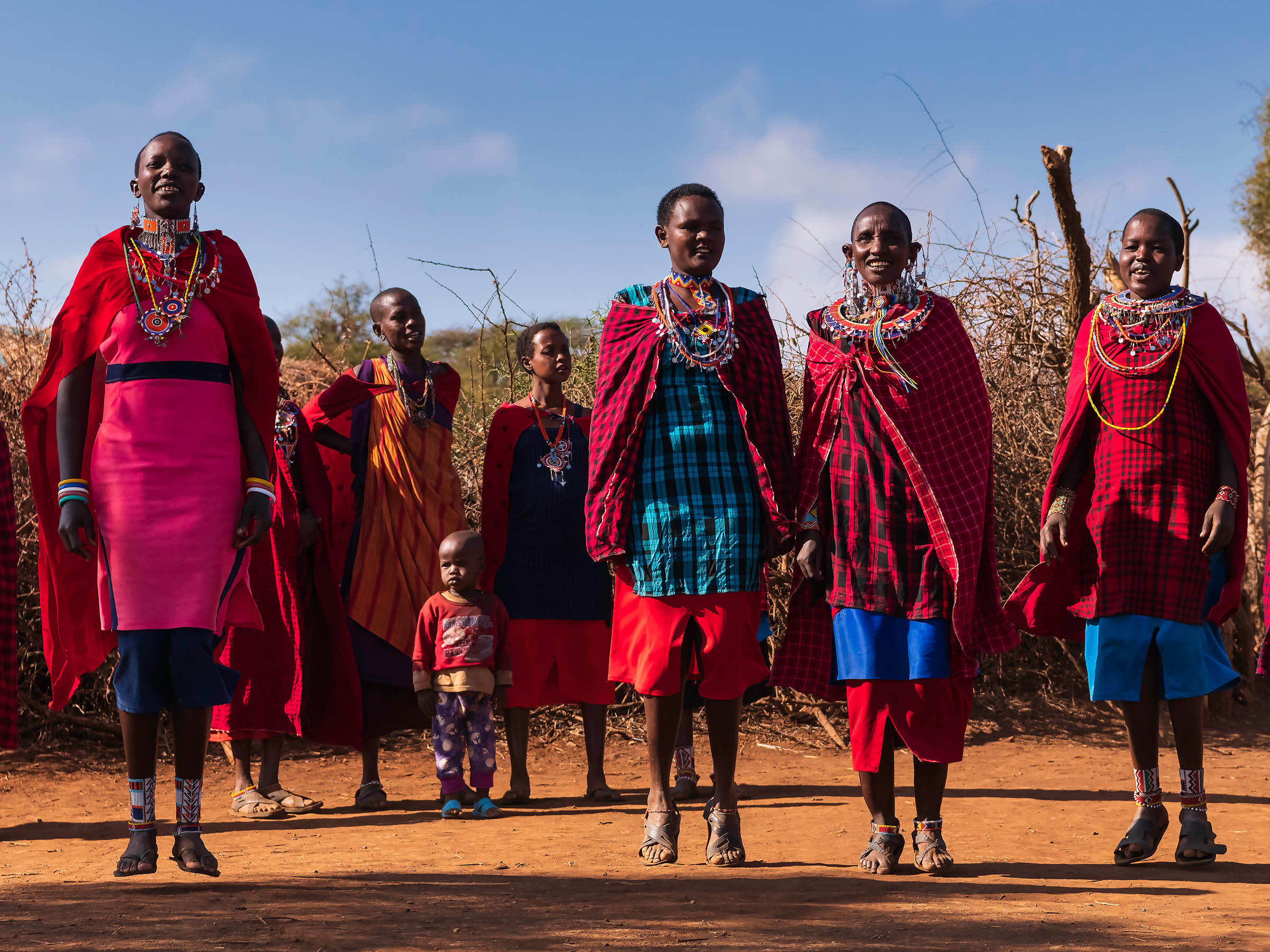
If the Masai Mara instills one virtue above all, it is patience. Hours spent in stillness, waiting for the perfect moment, taught me that great photography is not taken it is received. The best images come when we release expectations and synchrony with nature’s rhythm.
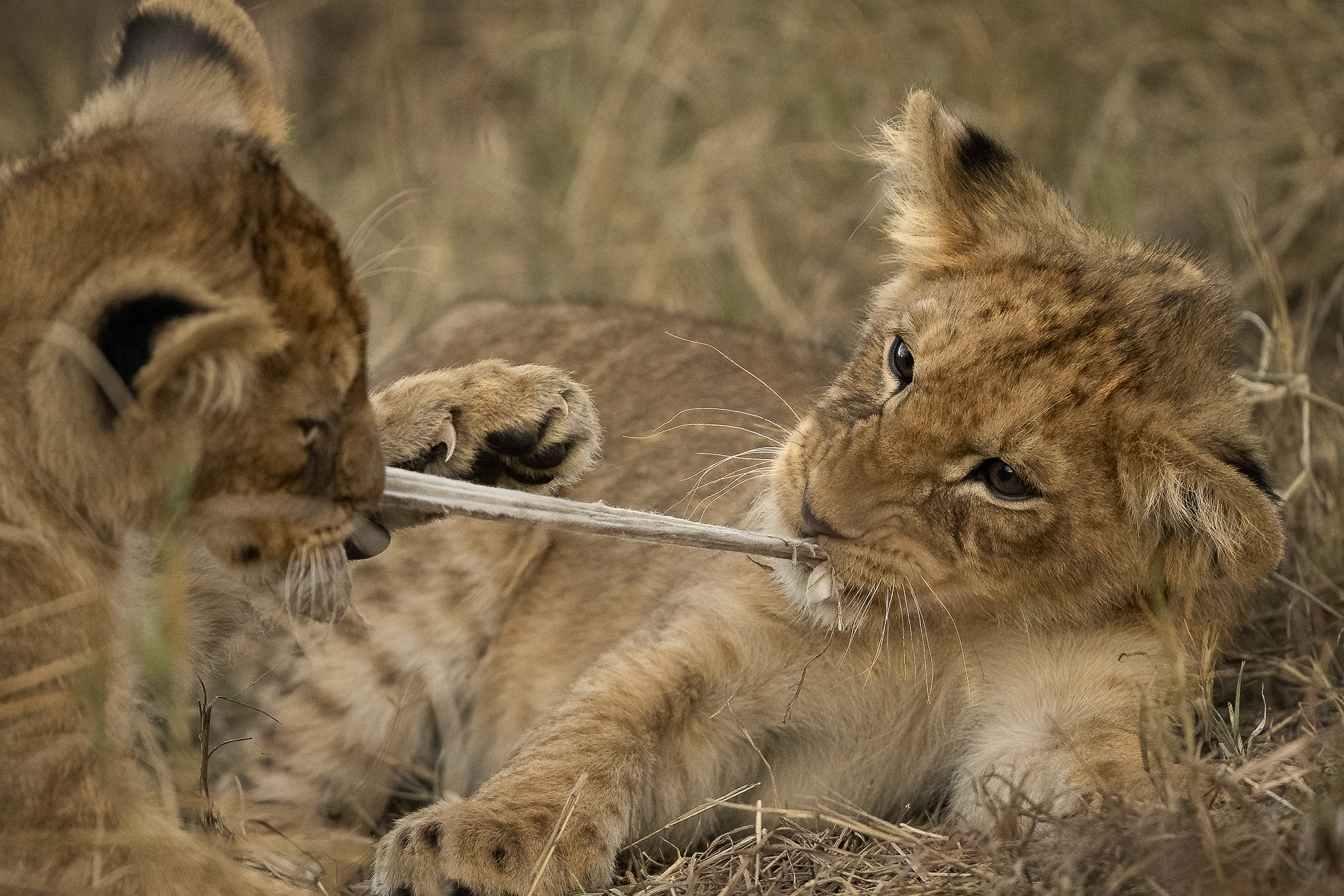
For every successful shot, there were dozens of failures: overexposed skies, missed focus, flawed compositions. Each mistake was a lesson; each lesson, a step forward. I began to see failure not as a setback, but as an integral part of the creative process.
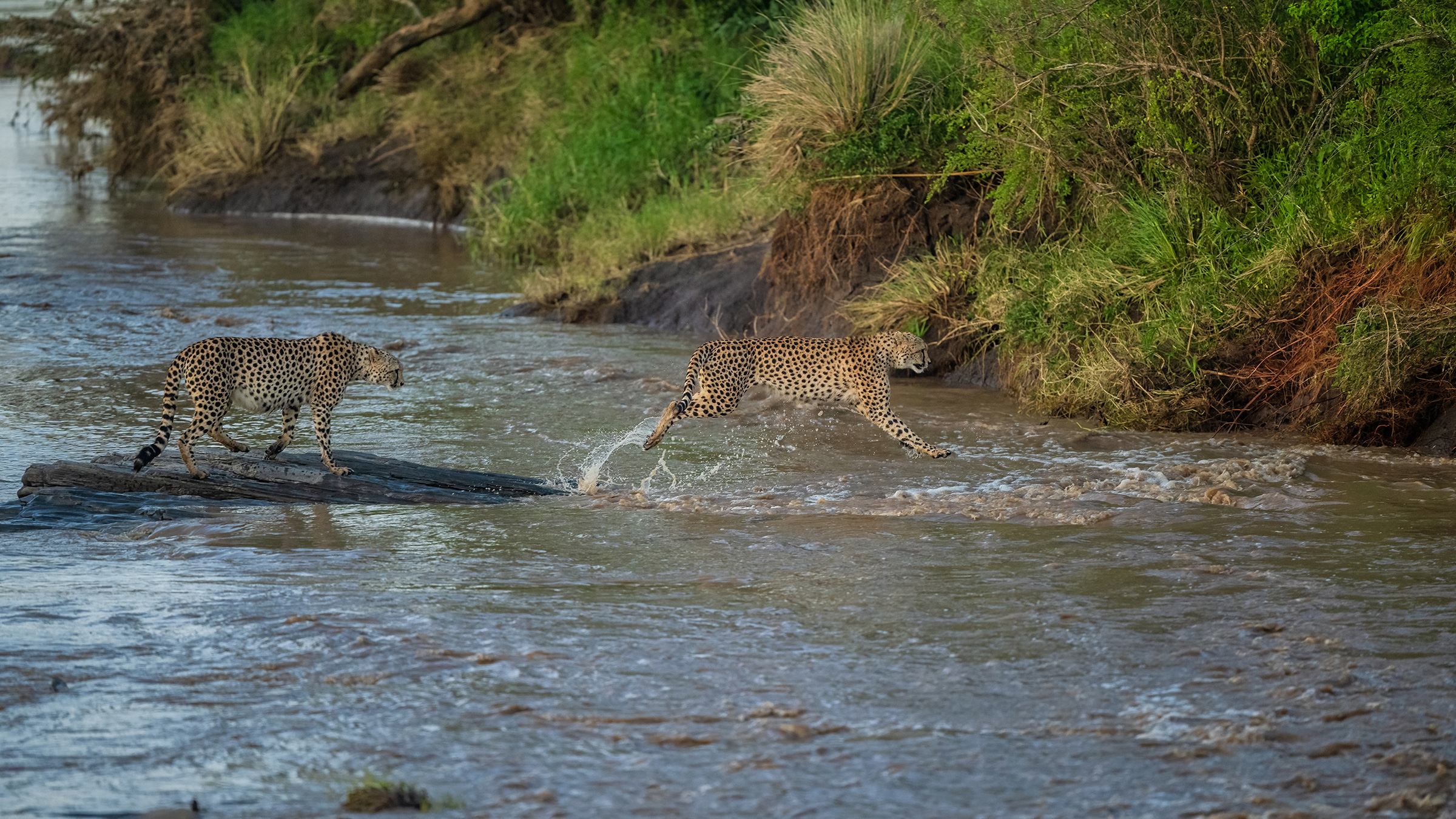
No image can fully capture the weight of a lion’s gaze or the vibration of hooves across the plains. Yet photographs serve as bridges connecting experience to memory, and distant worlds to those who may never set foot there. They inspire, educate, and remind us of the beauty and fragility of the world we share.
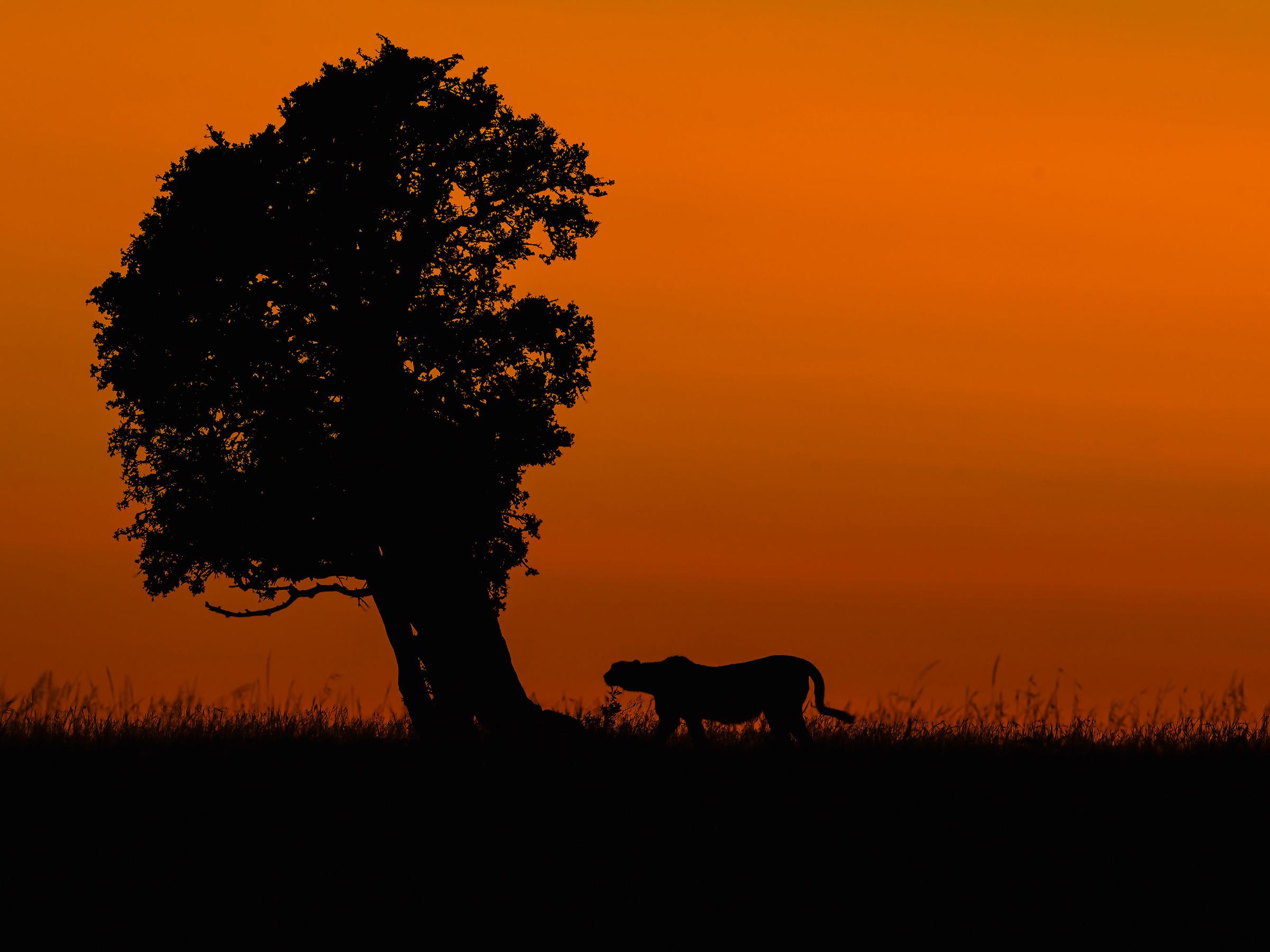
Returning home, I carried more than a collection of images. I carried stories of patience and perseverance, connection and humility. My time in the Masai Mara has not only refined my skills but also transformed my understanding of my role within the natural world.
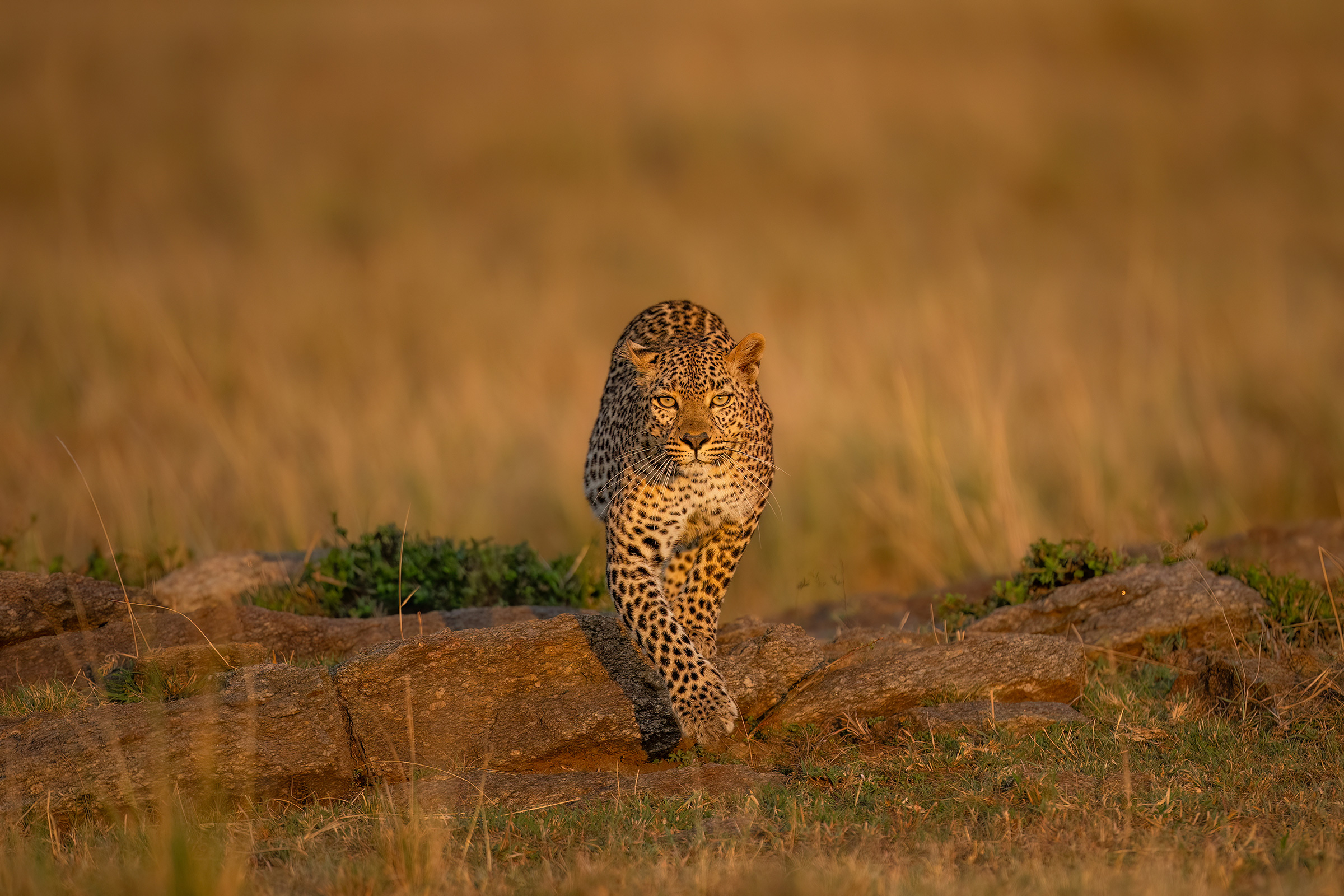
I remain, by title, an amateur. Yet my journey is reshaping my perspective. Photography is not just about capturing moments, it is about honoring them.
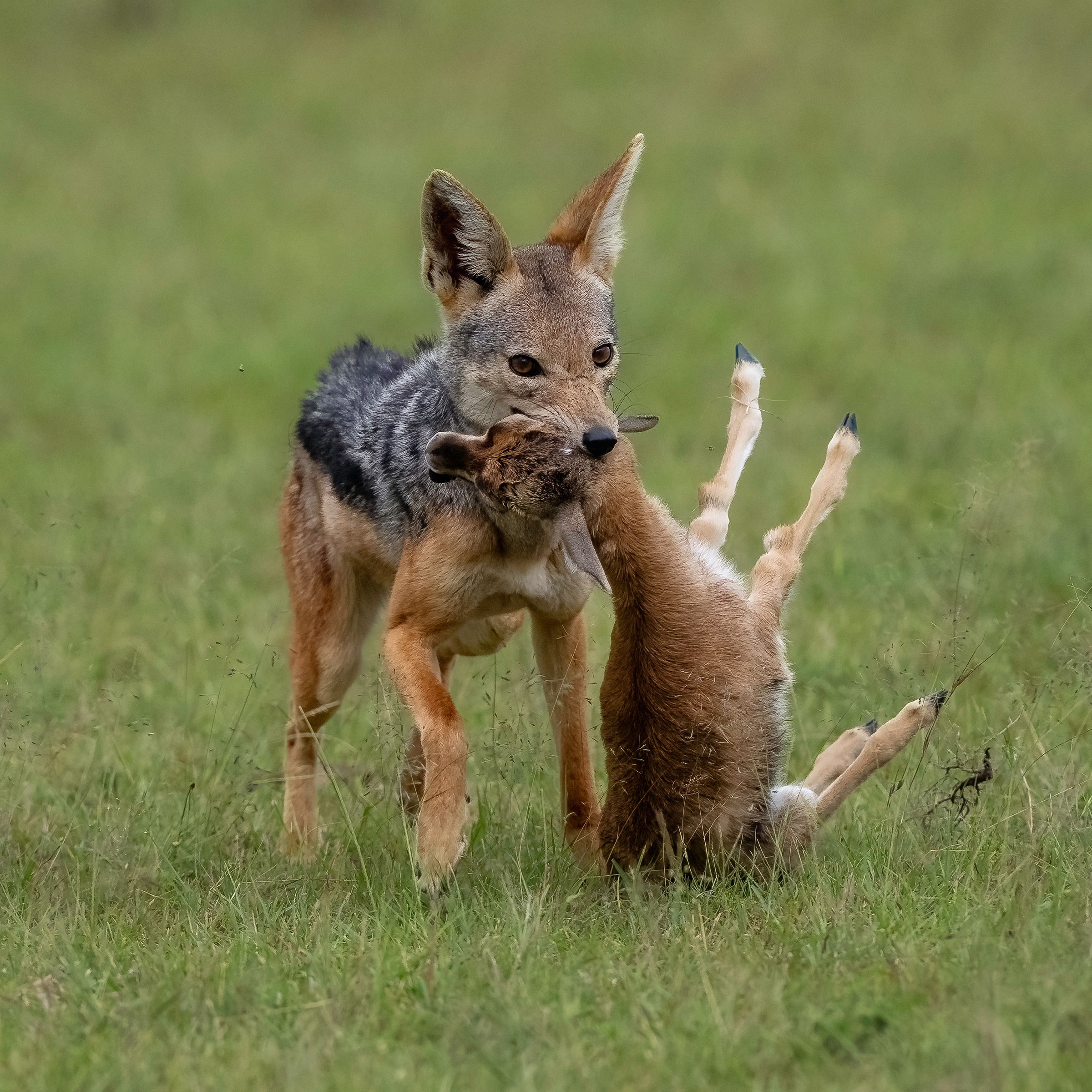
I hope to return to the Mara each year not only with improved technique, but with a deepened sense of gratitude and responsibility to share its stories with integrity and care.
